
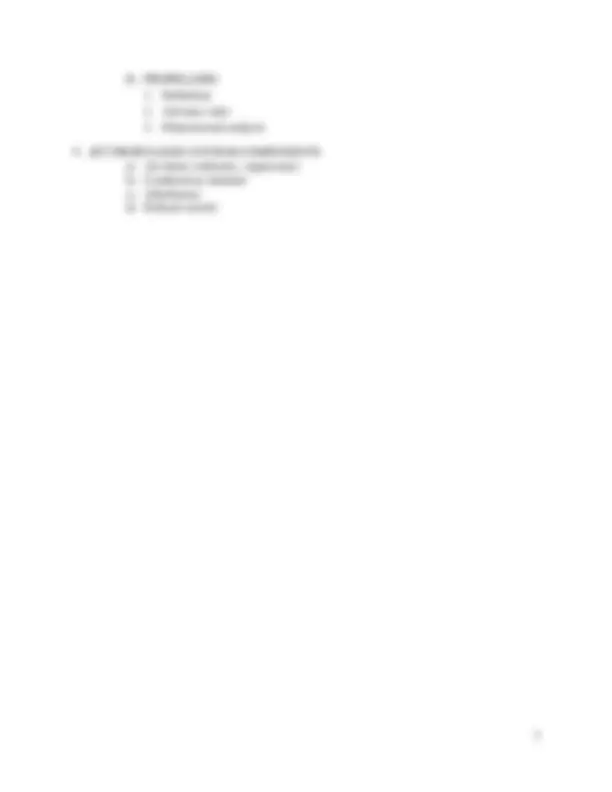
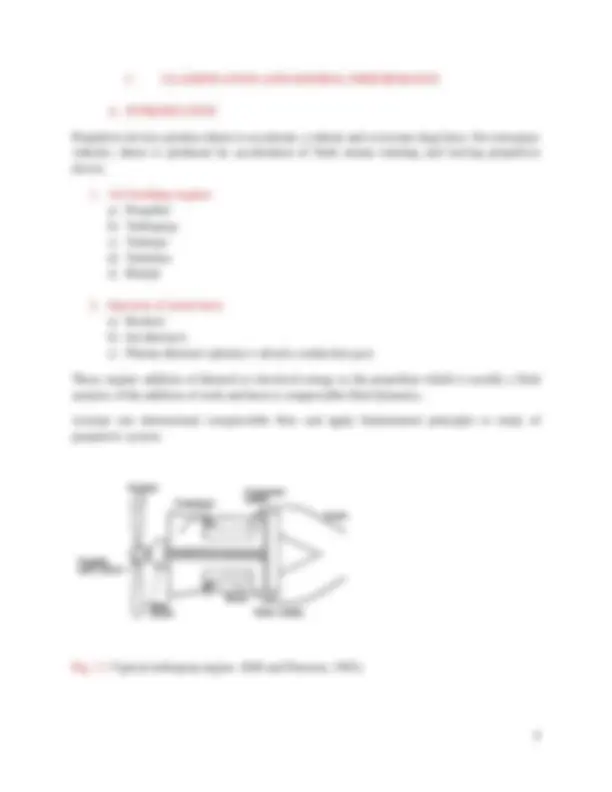
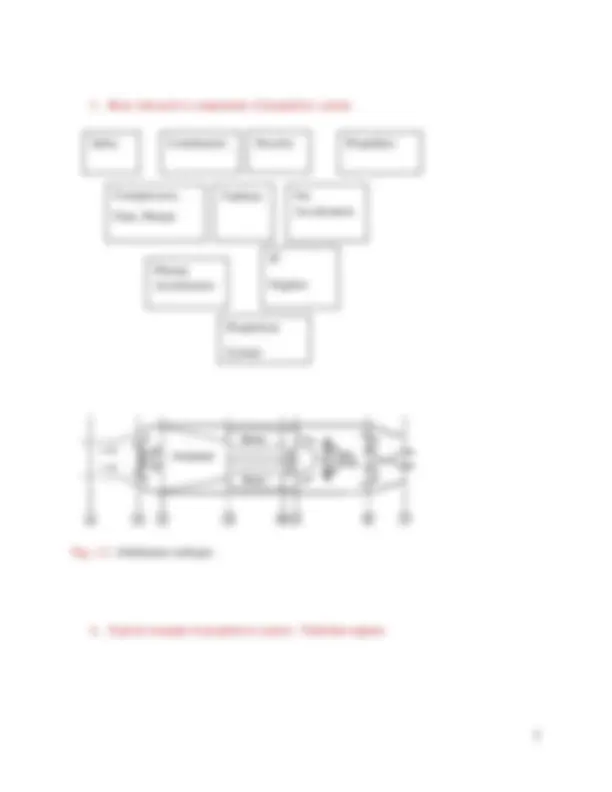
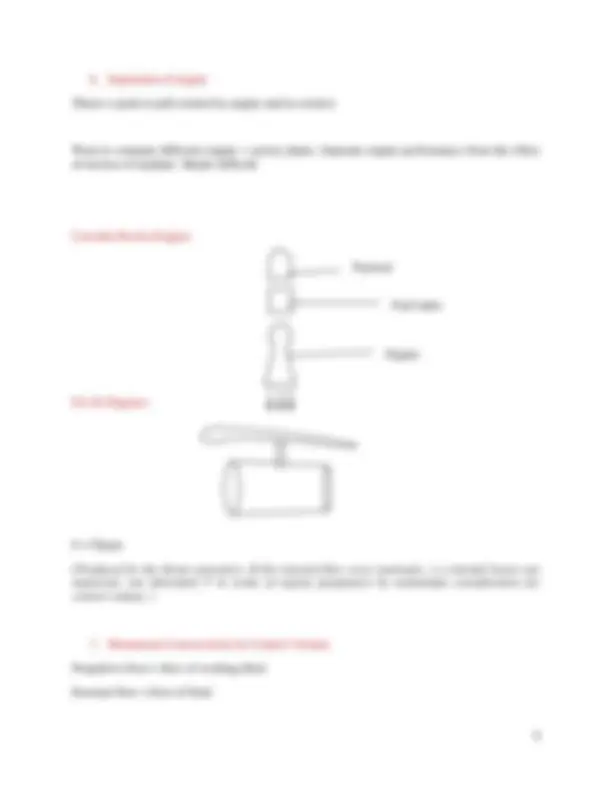
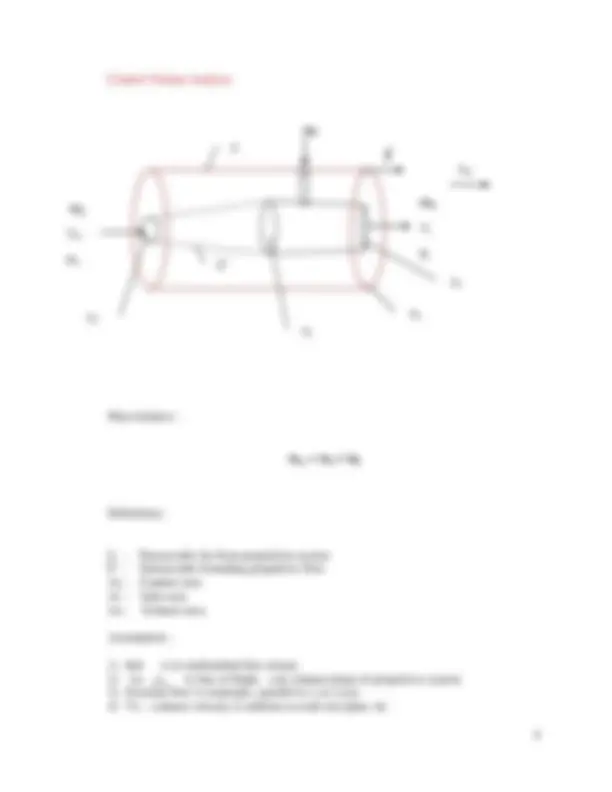
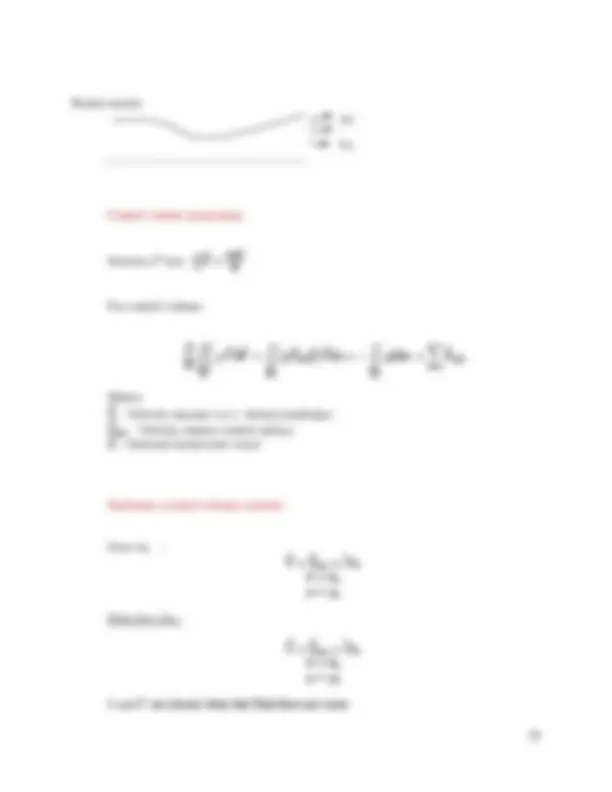
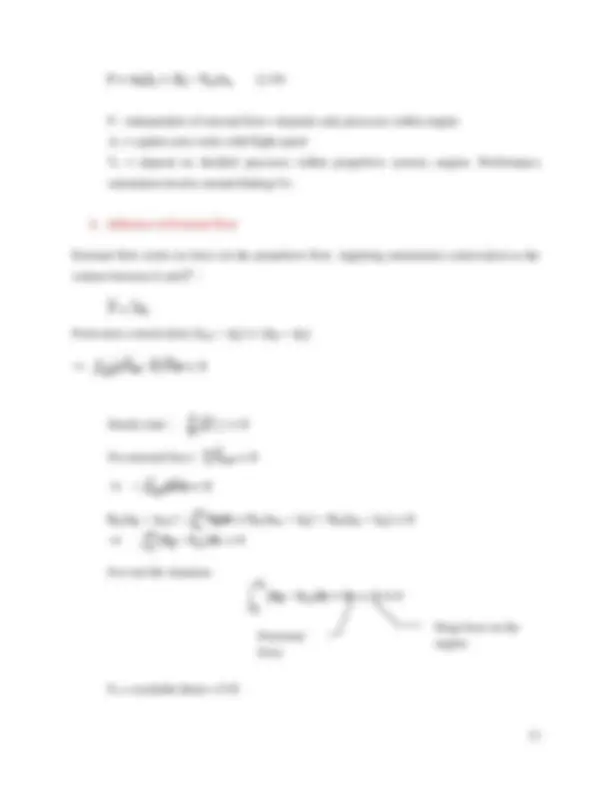
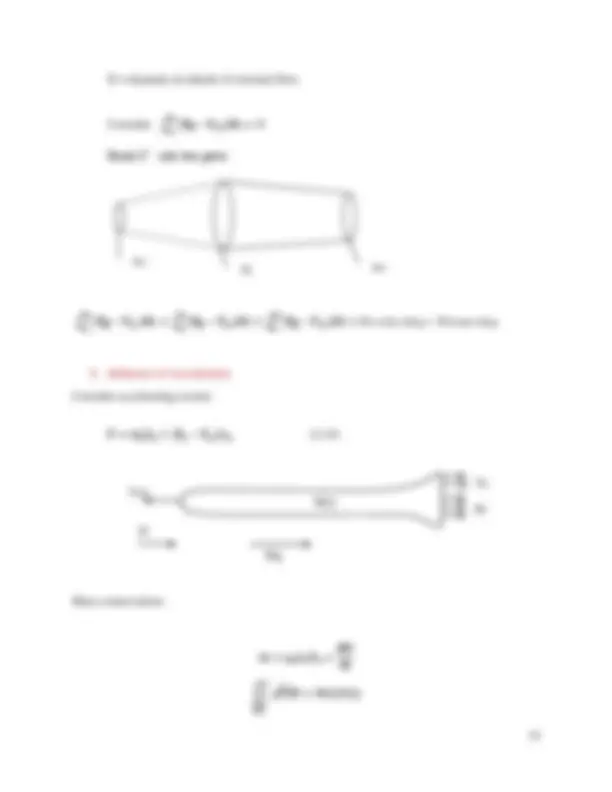
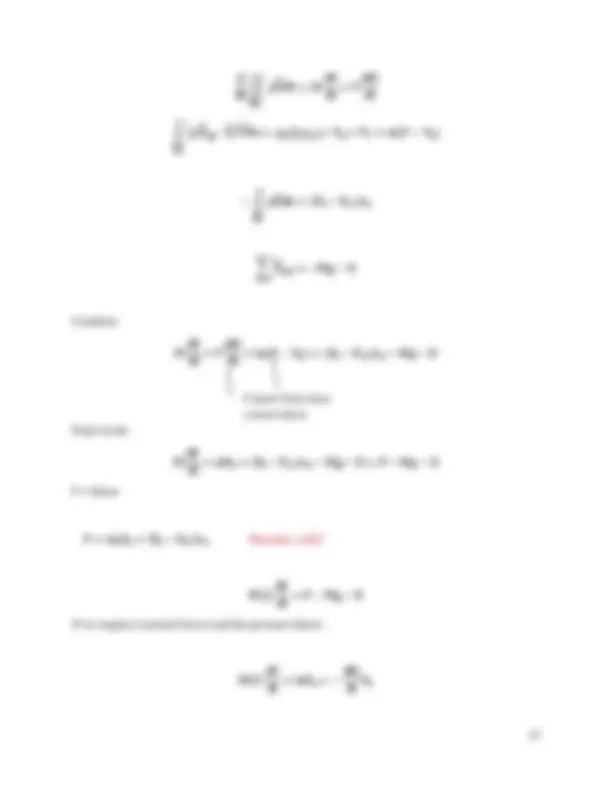
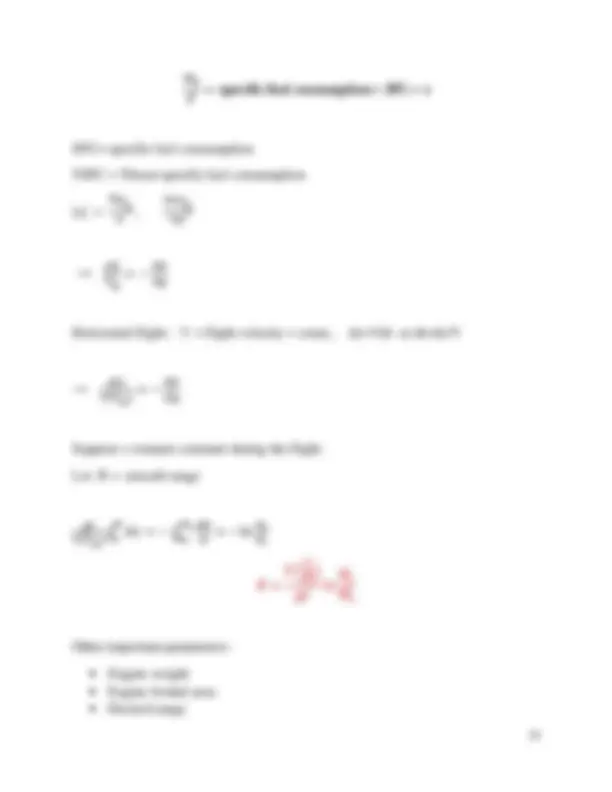
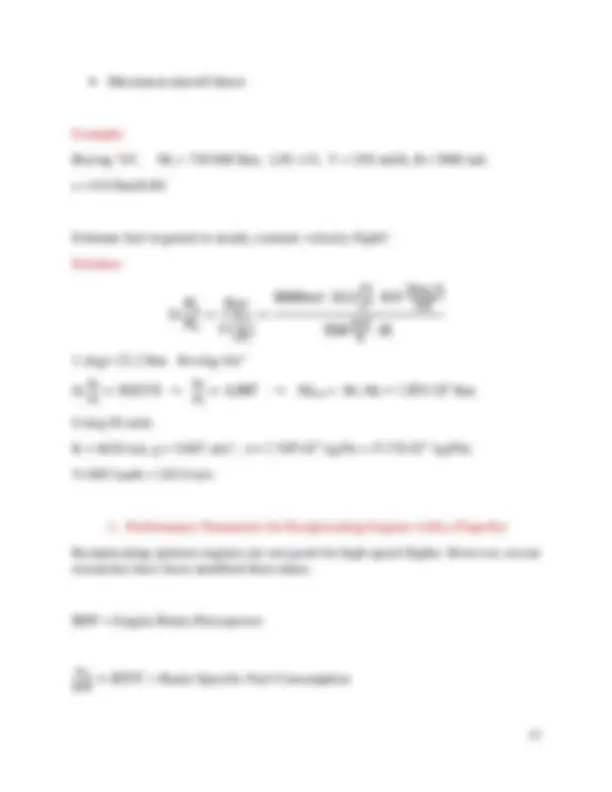
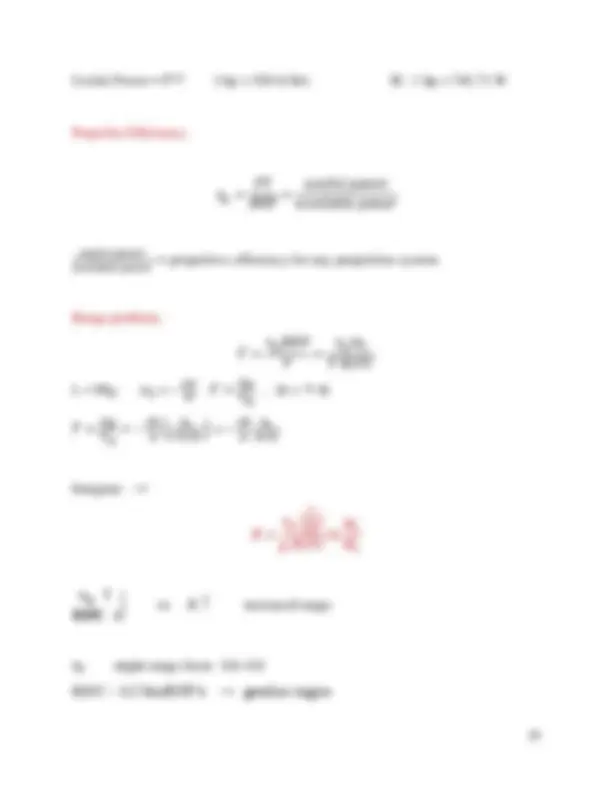
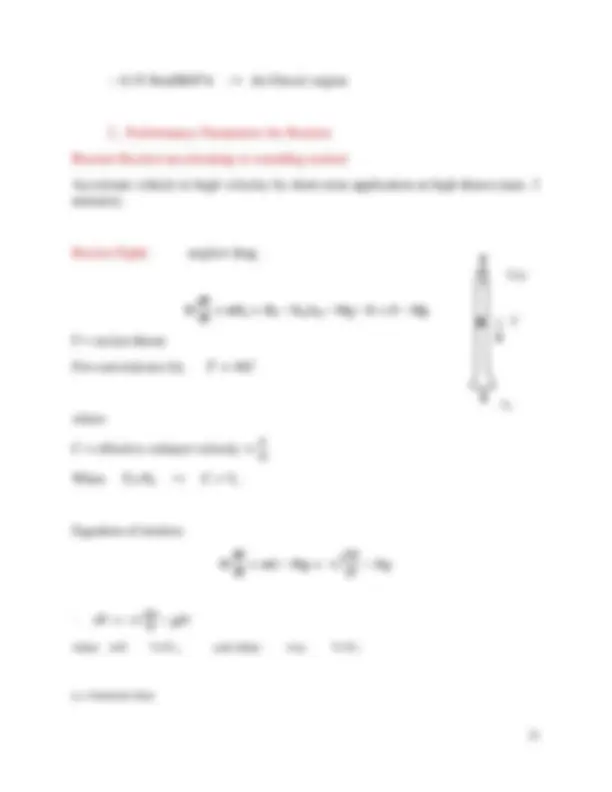
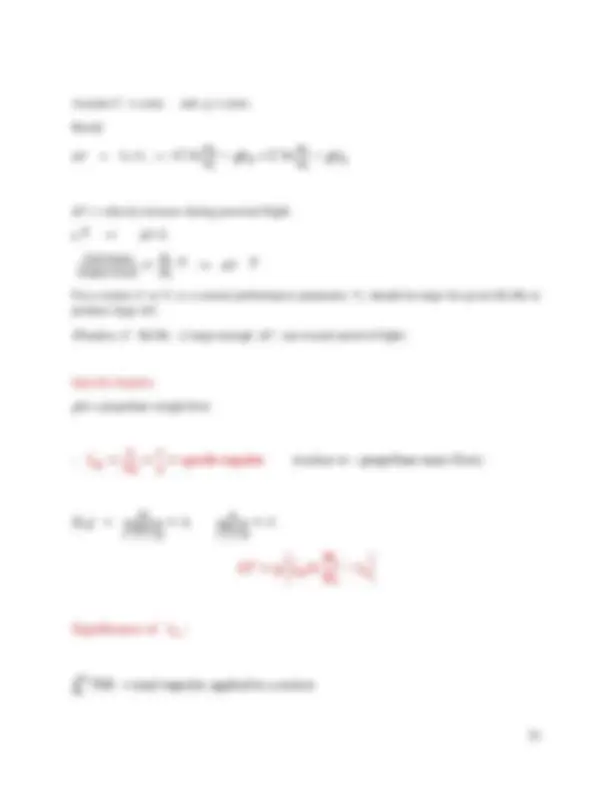

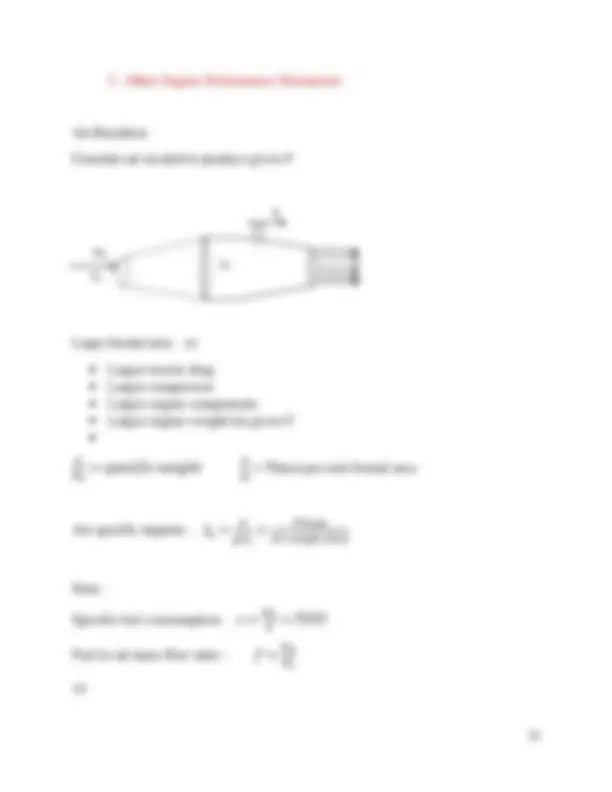
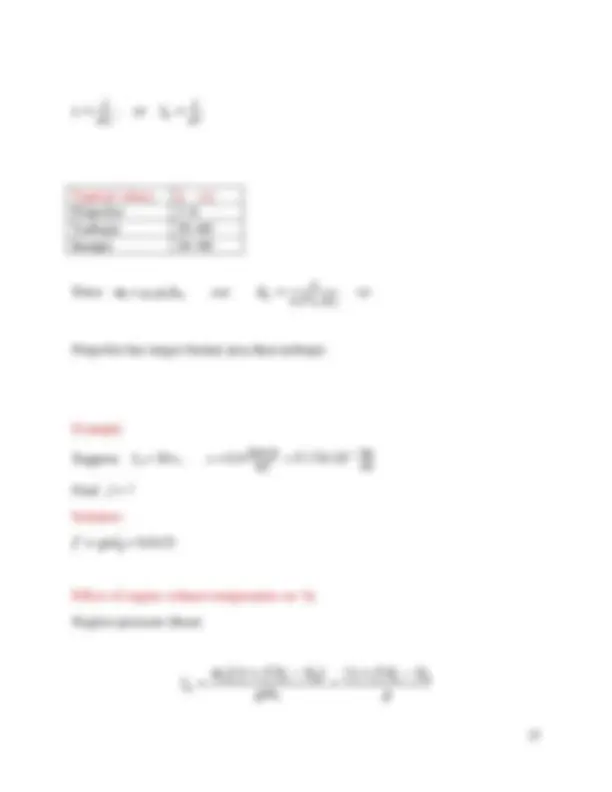
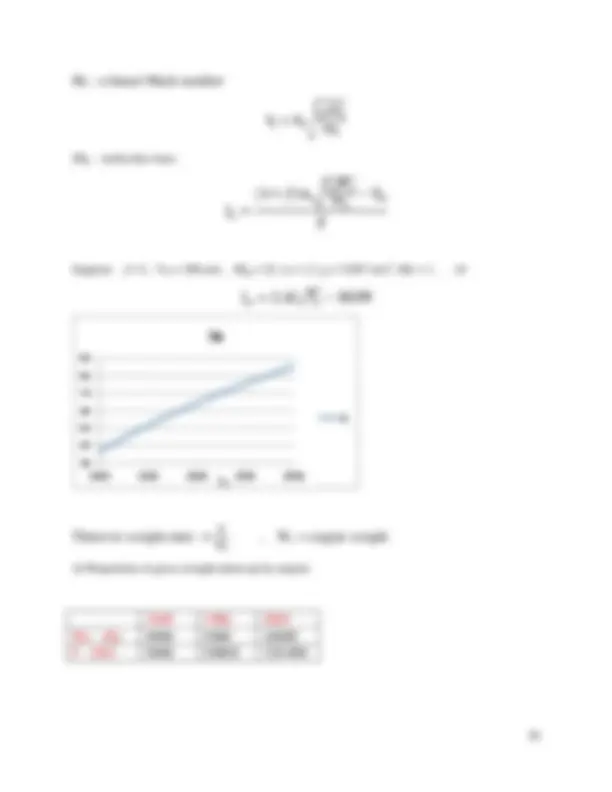
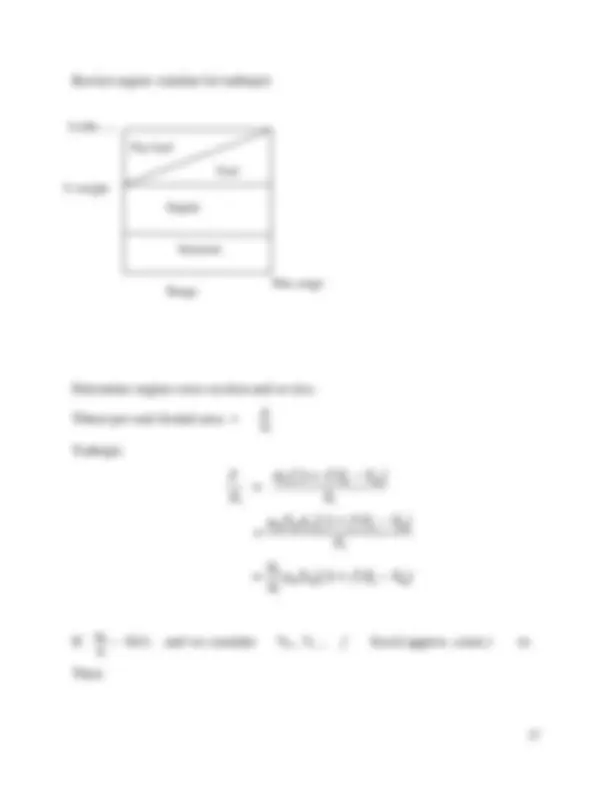
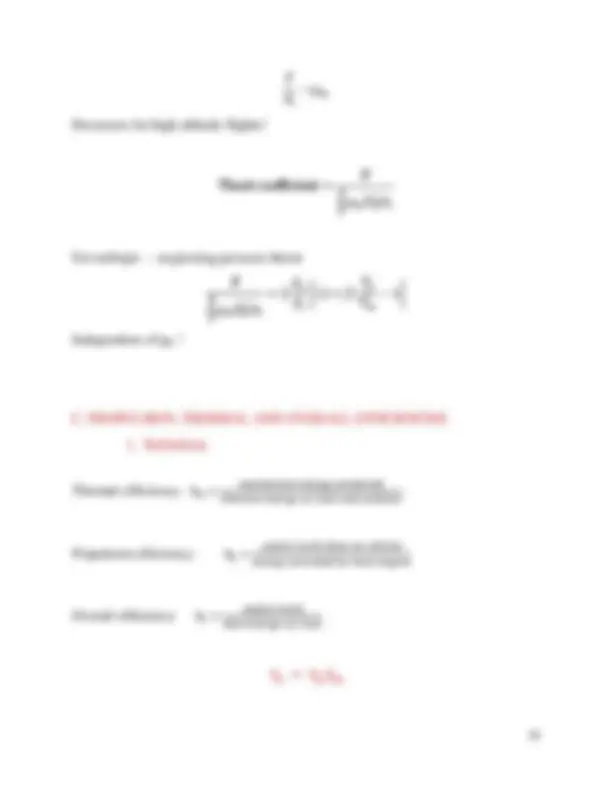
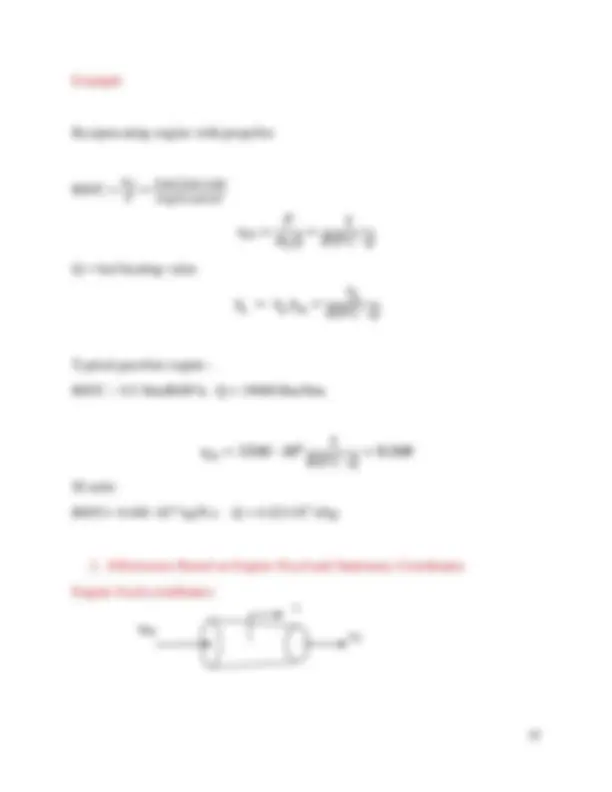
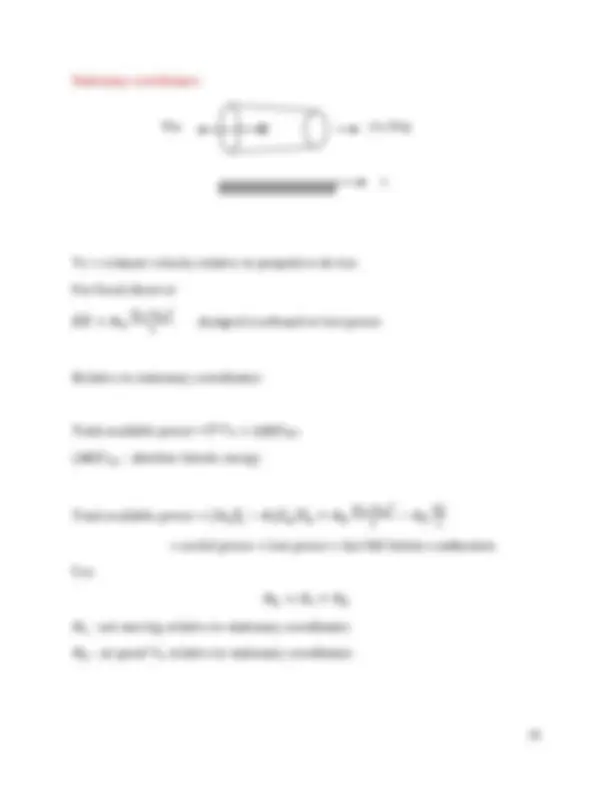
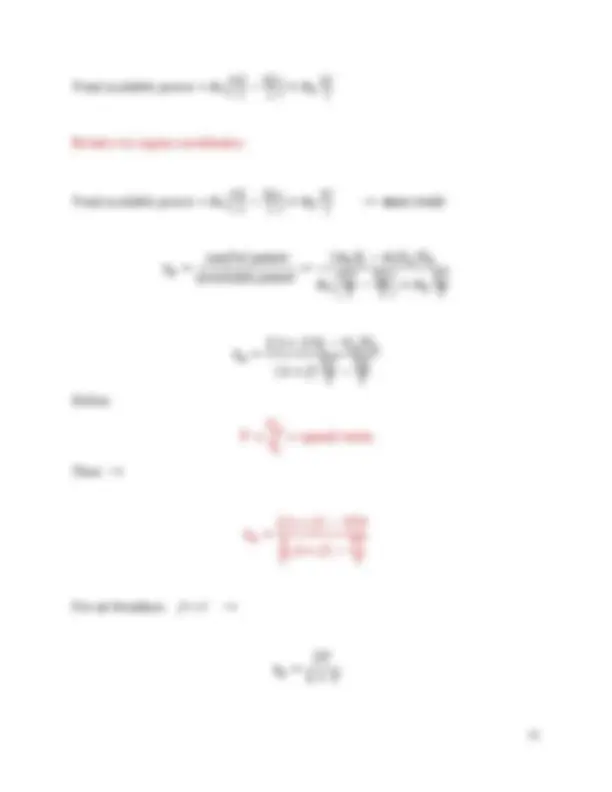
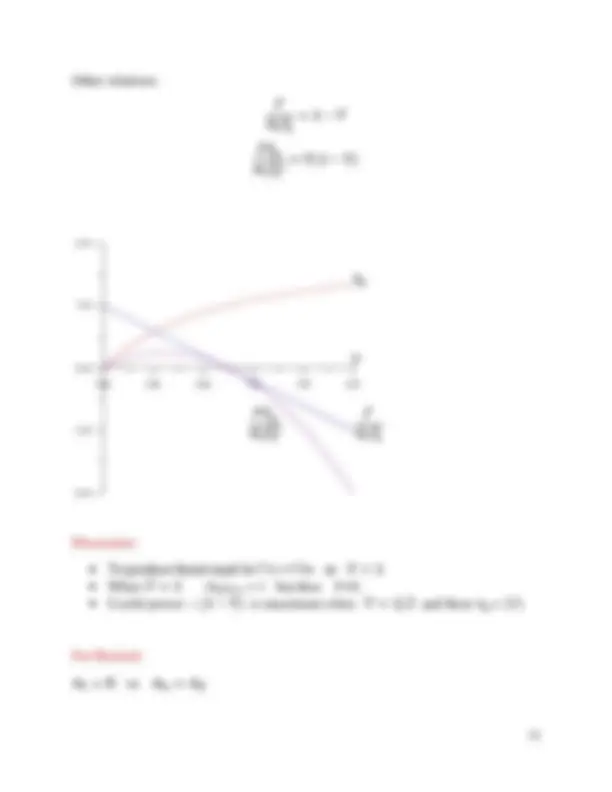

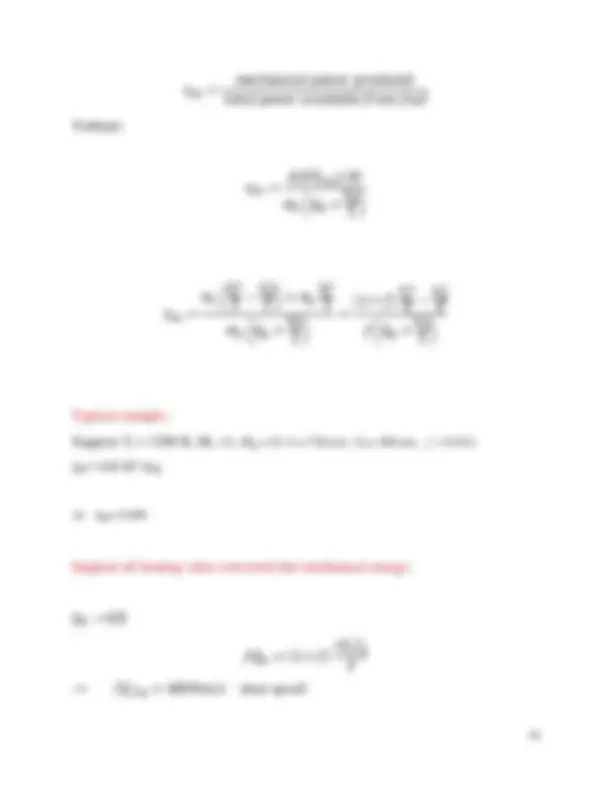
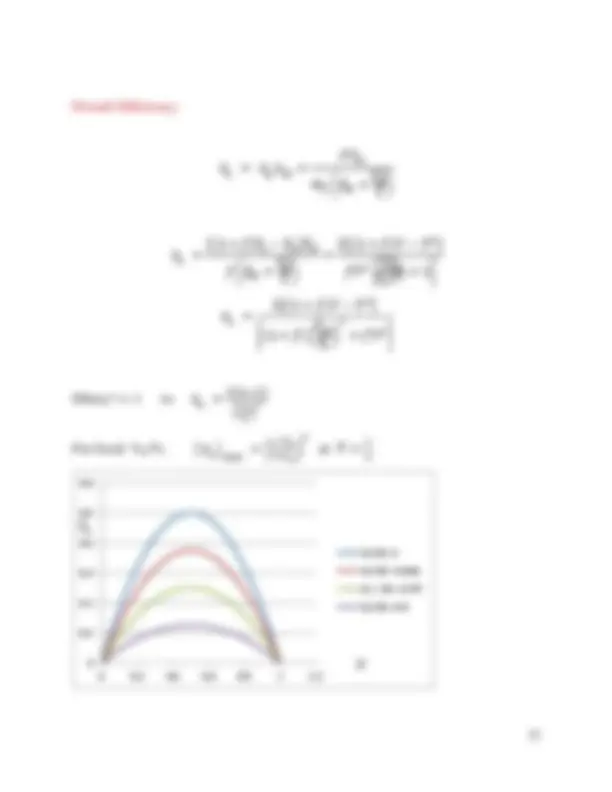
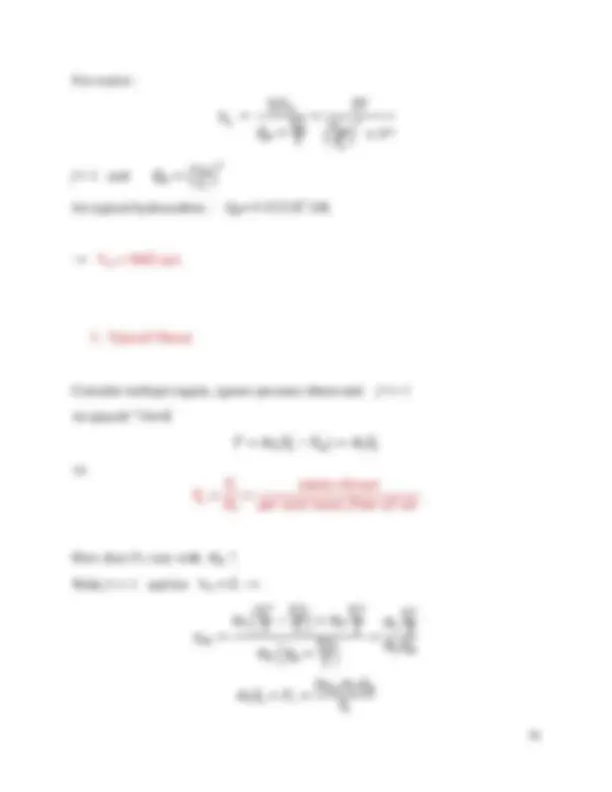
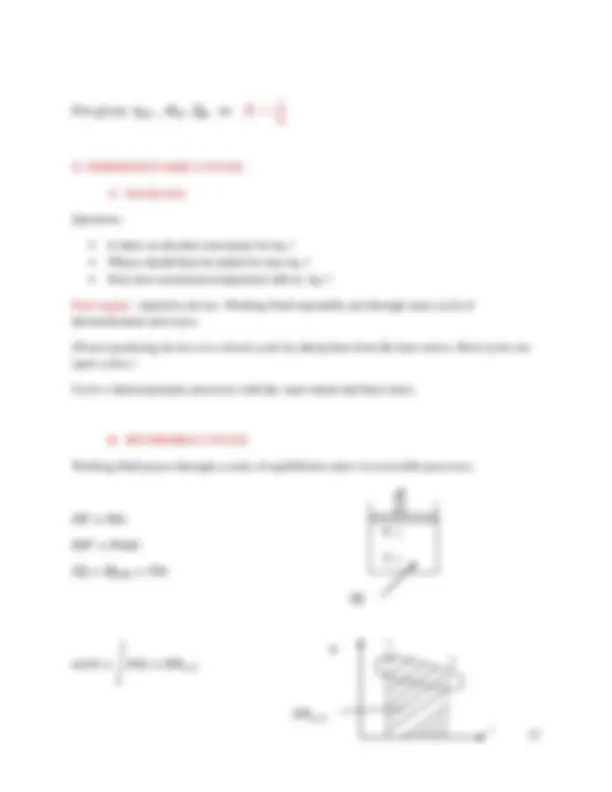
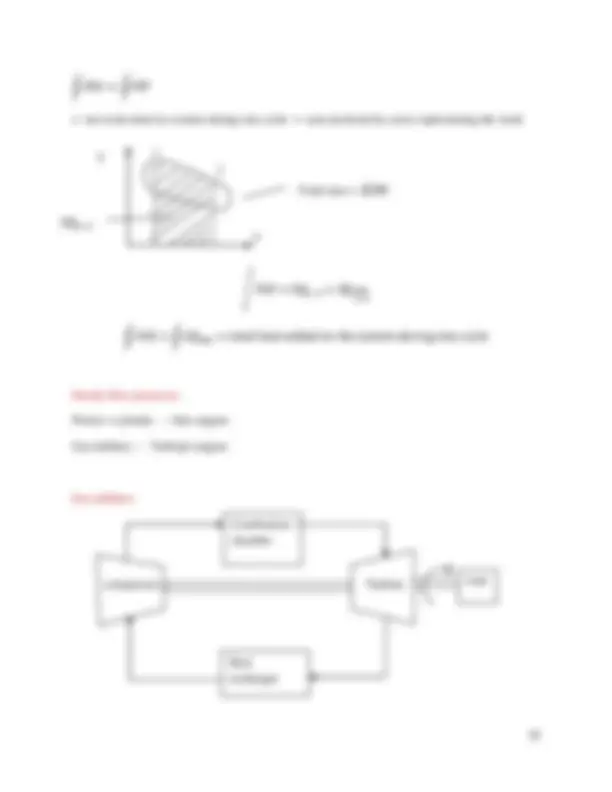
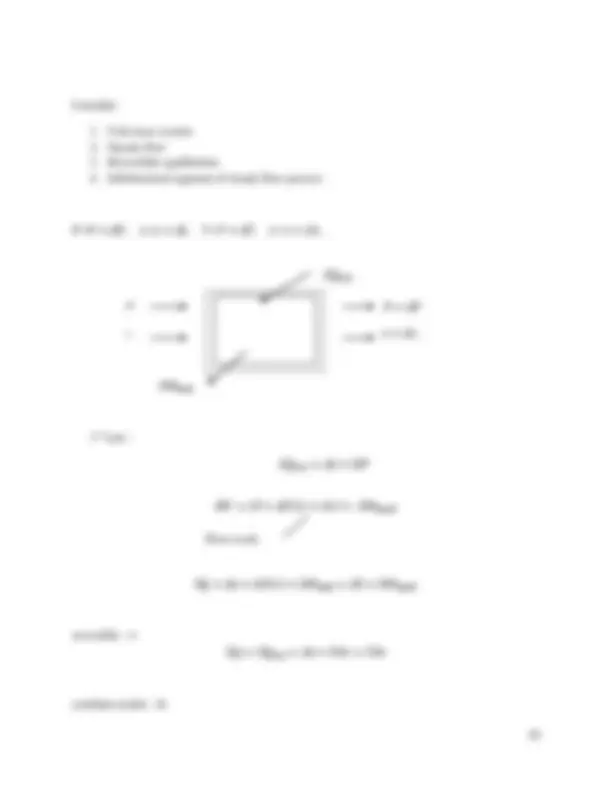
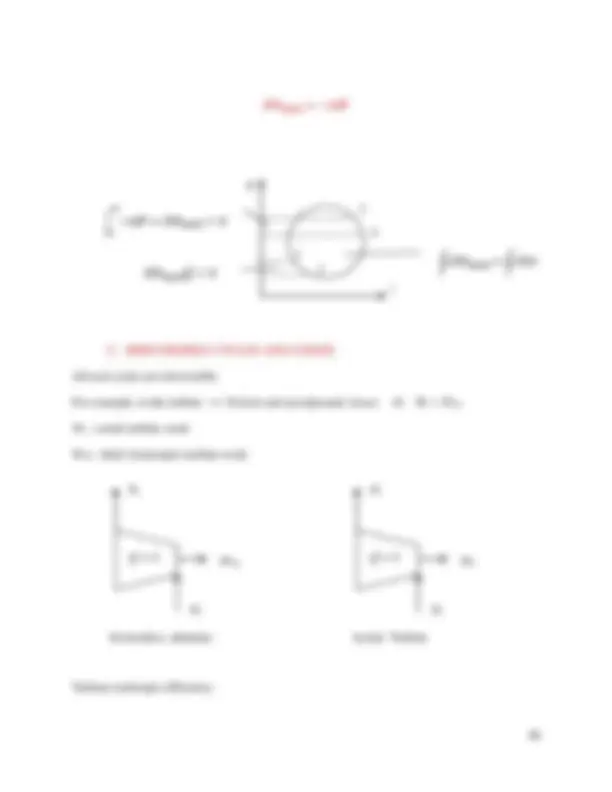
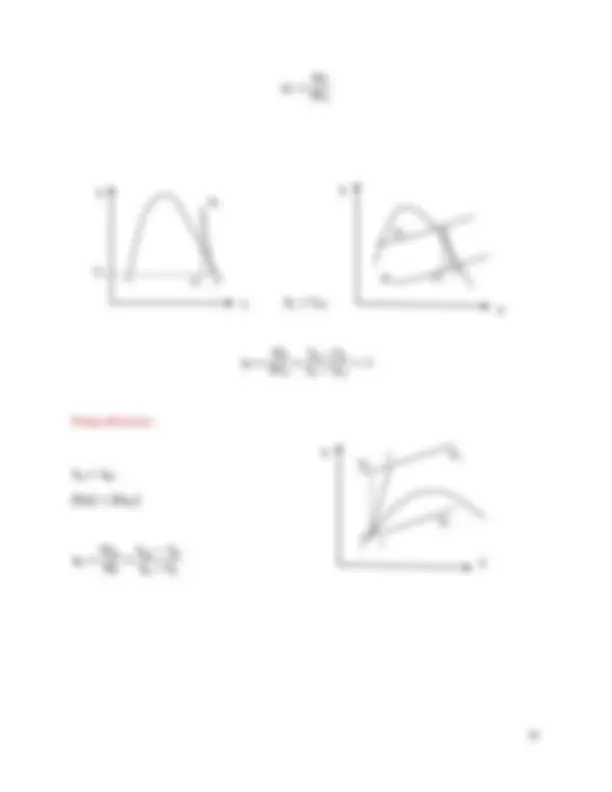
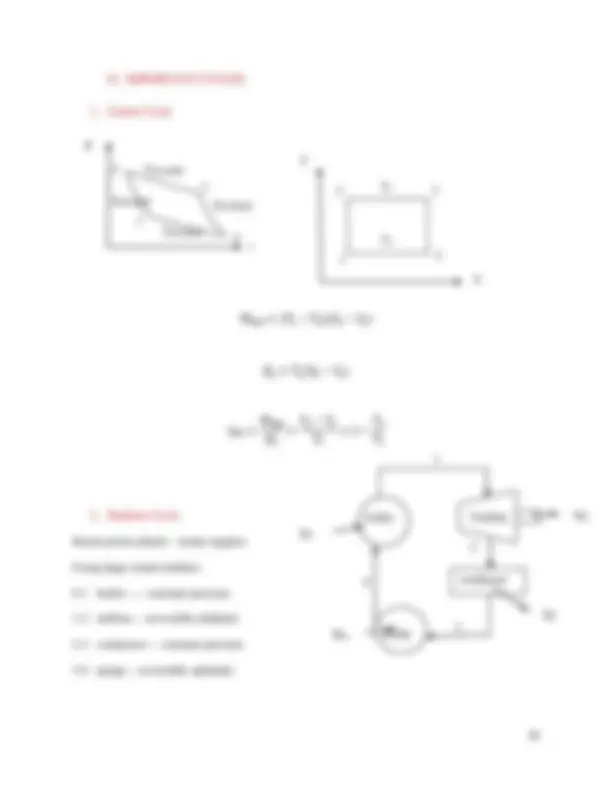
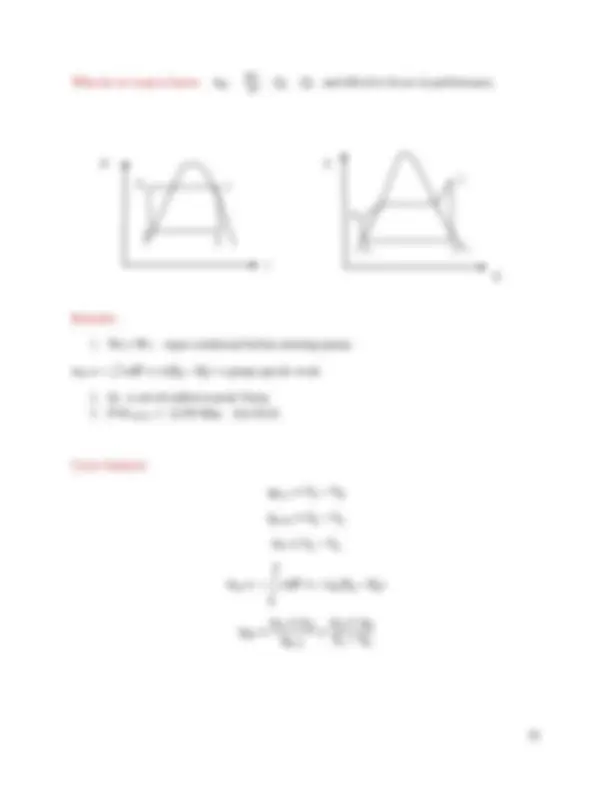
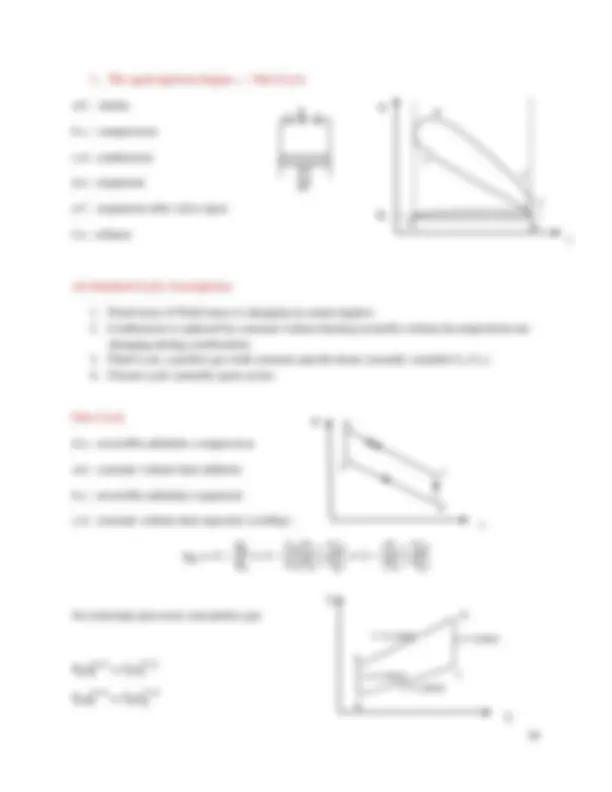
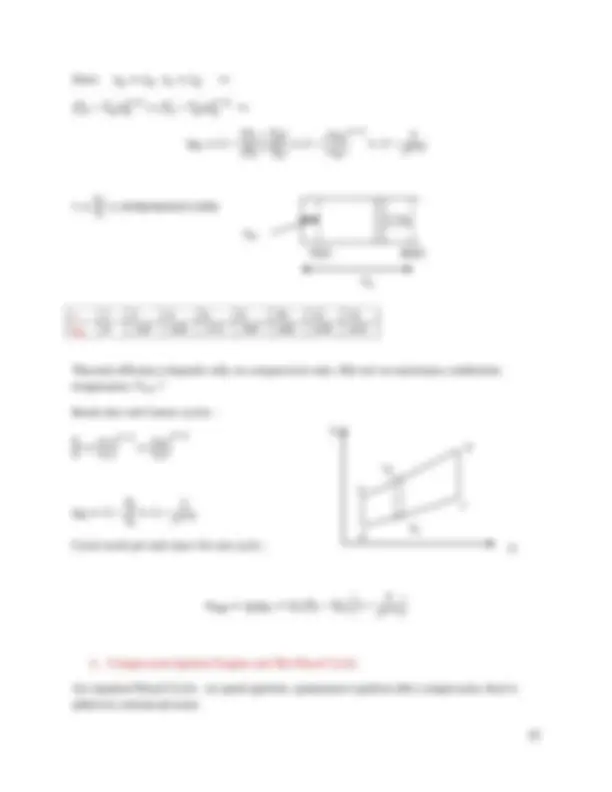
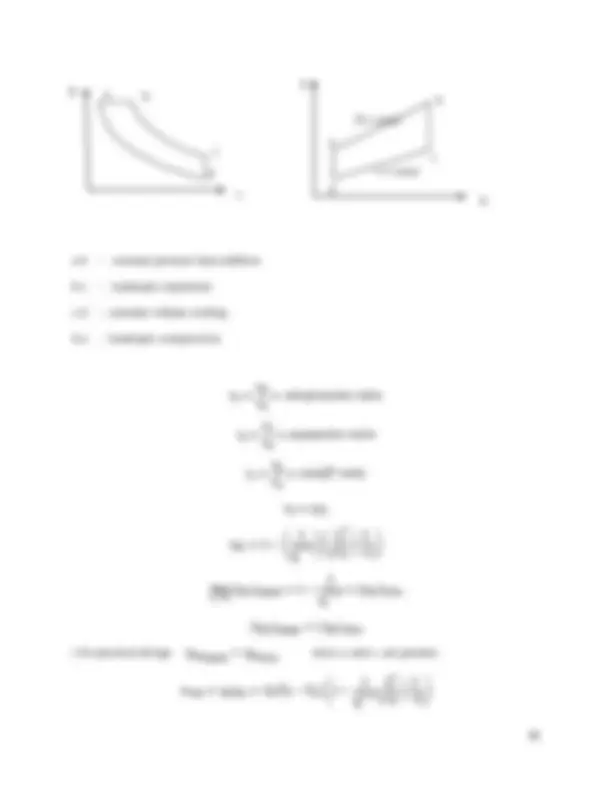
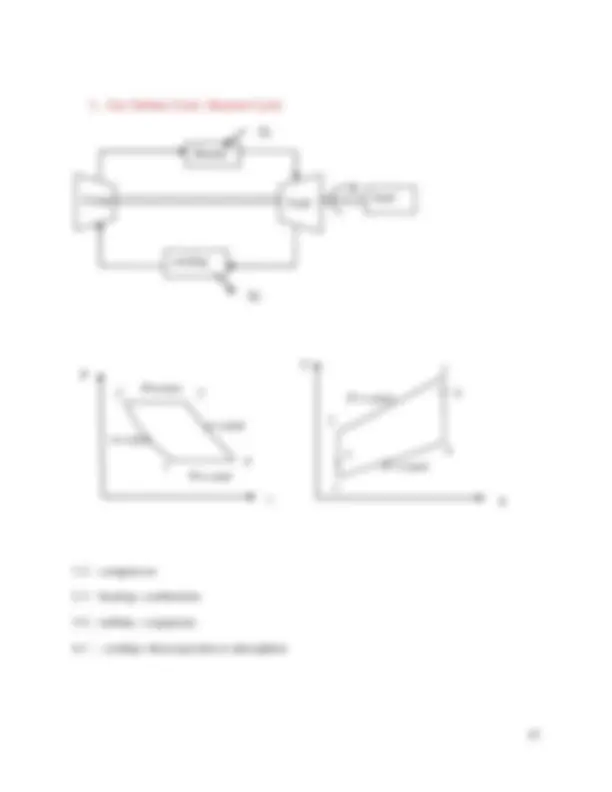
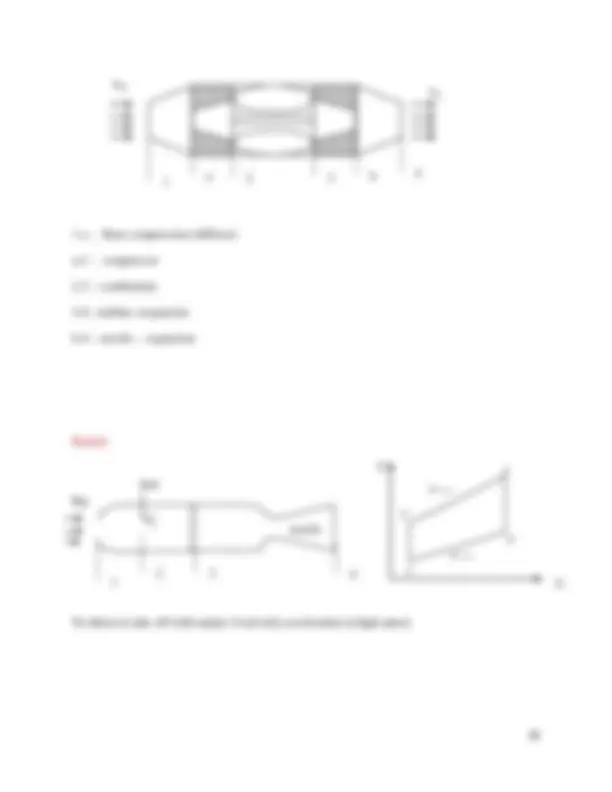
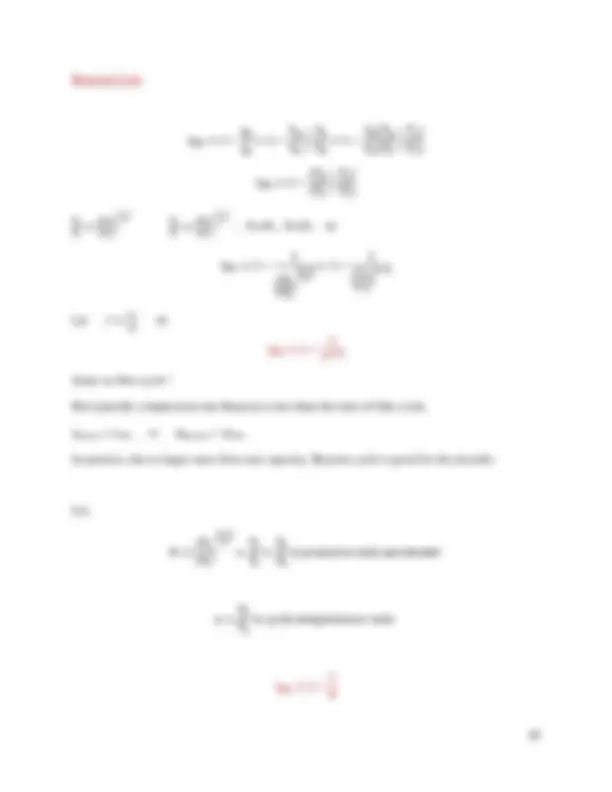
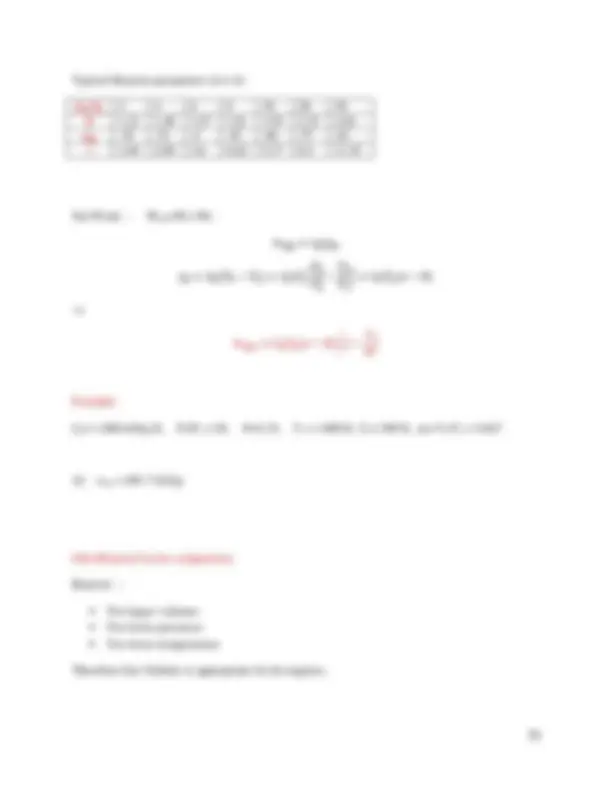
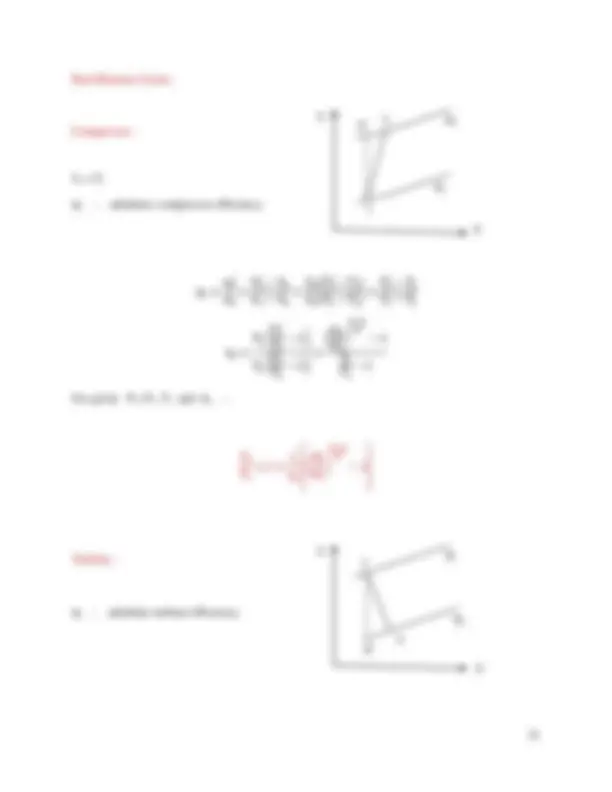
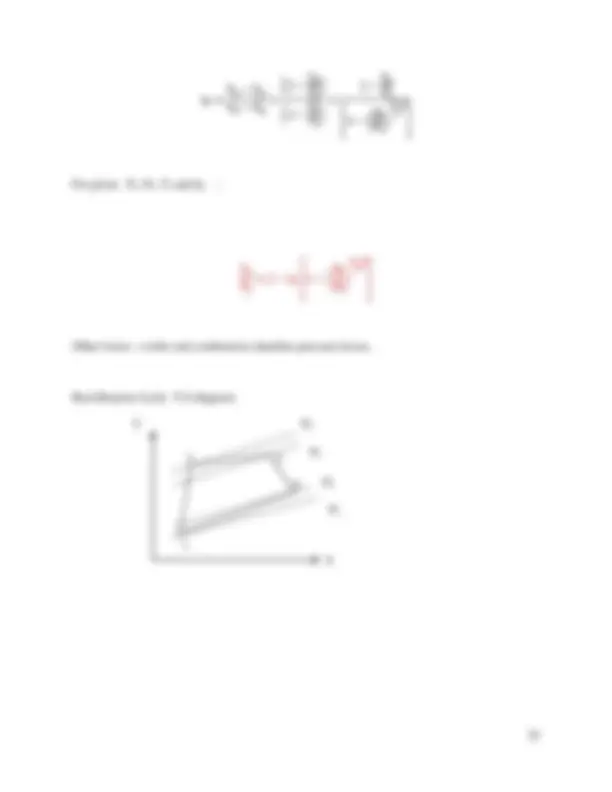
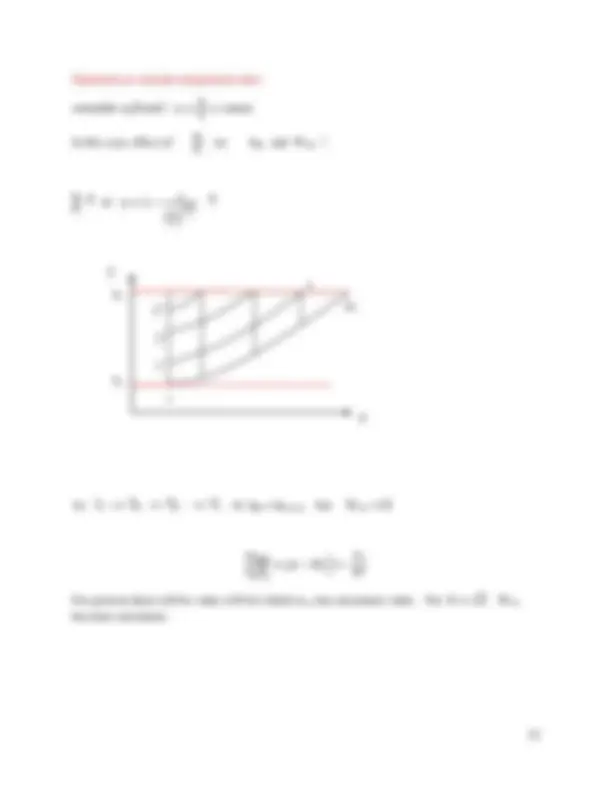
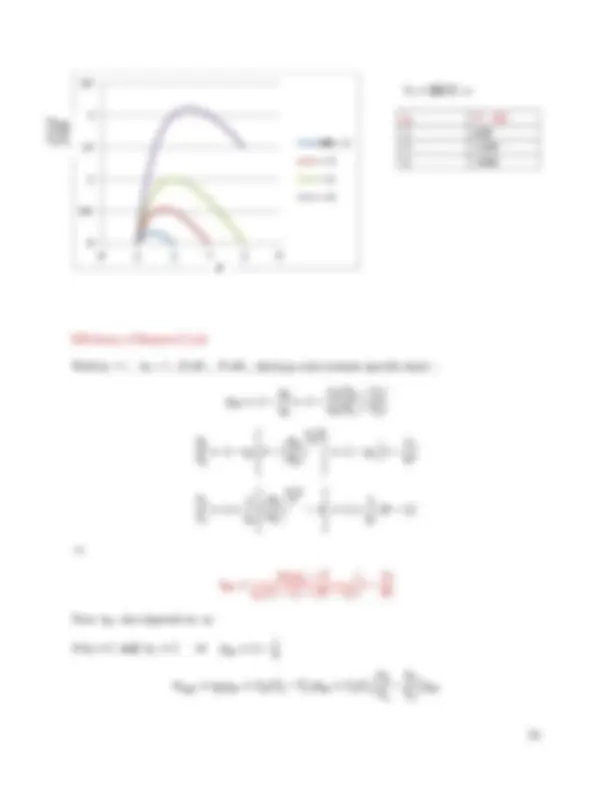
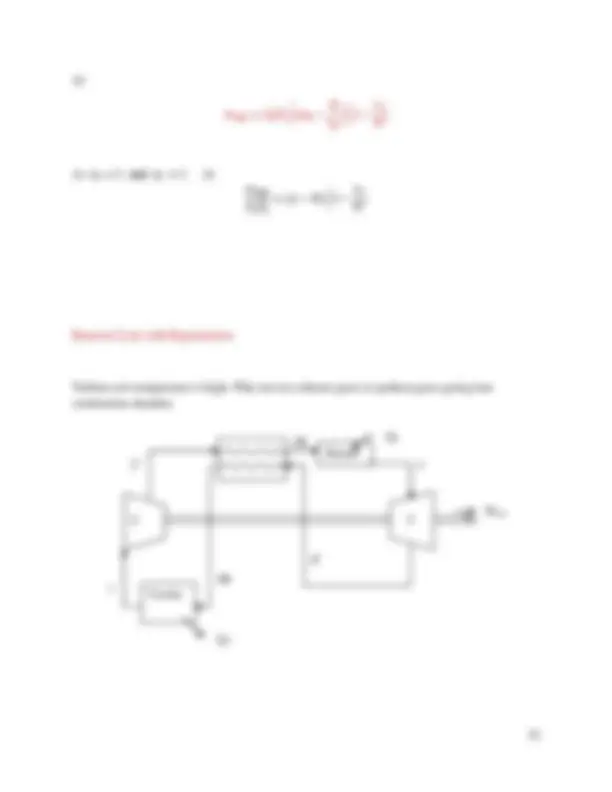
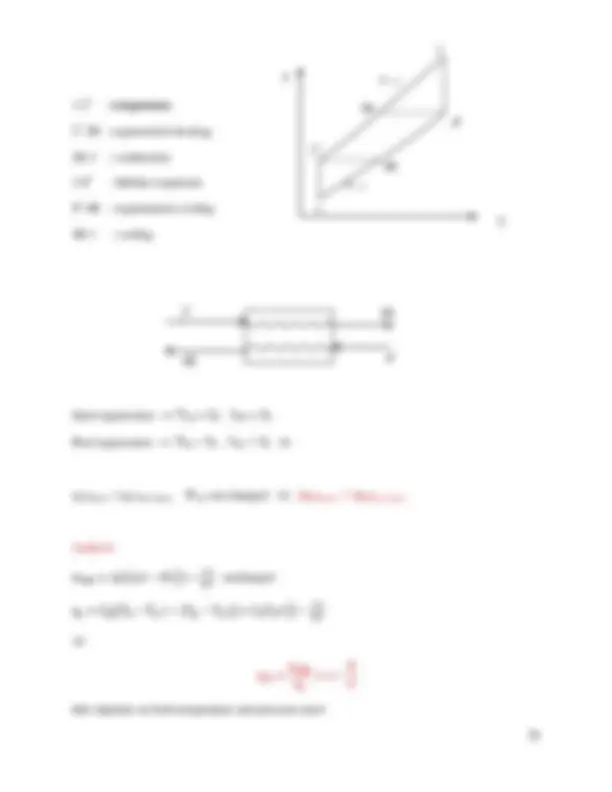
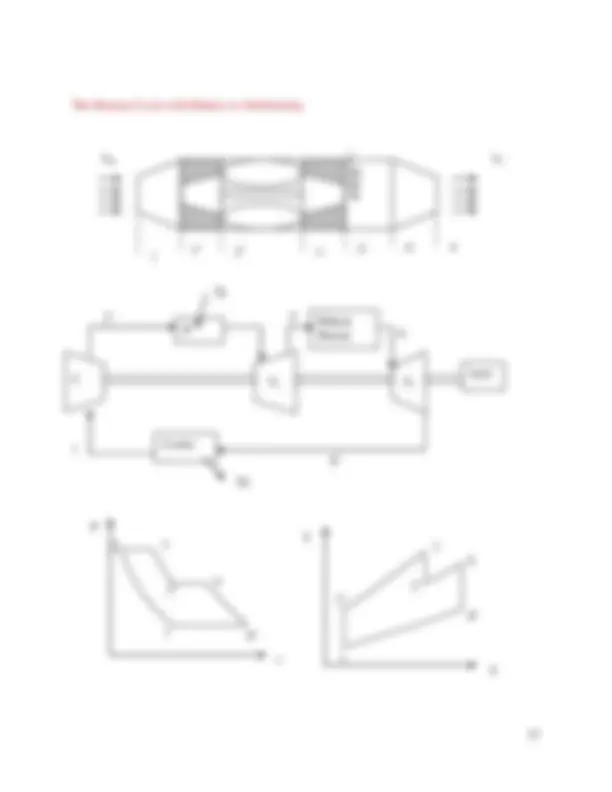
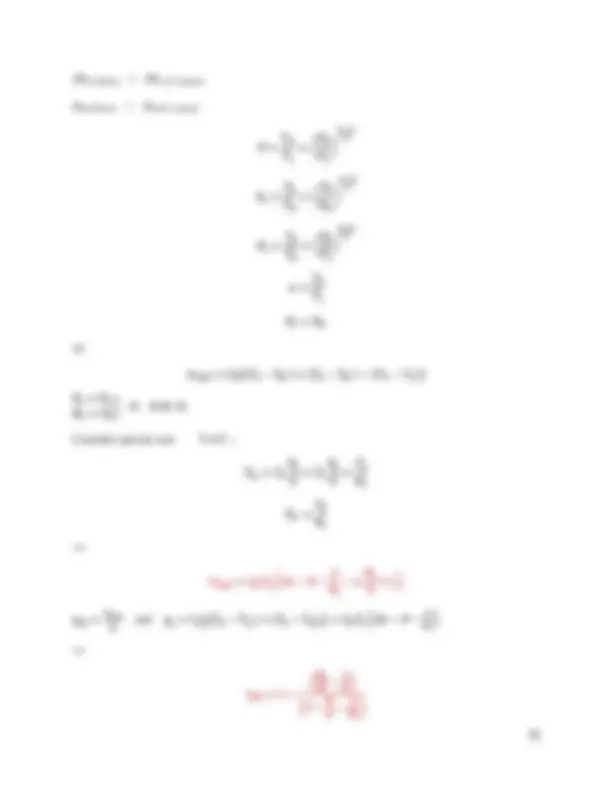
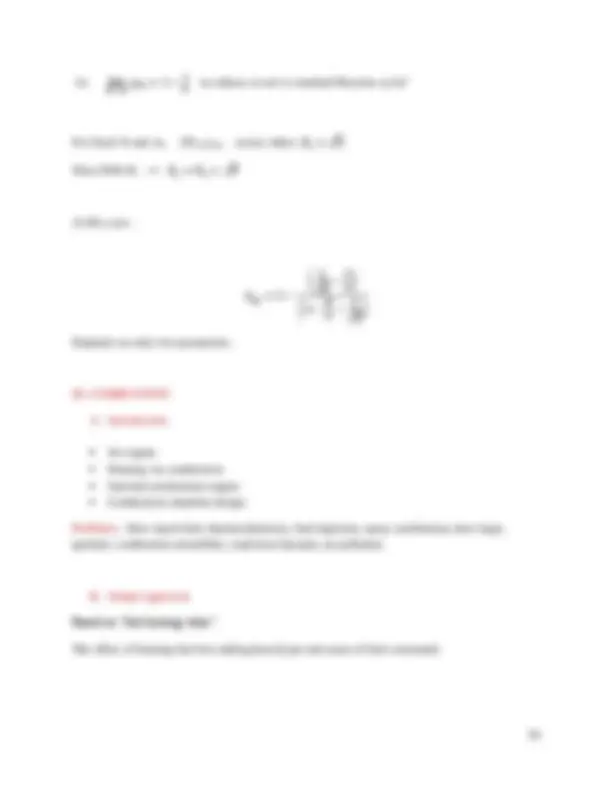
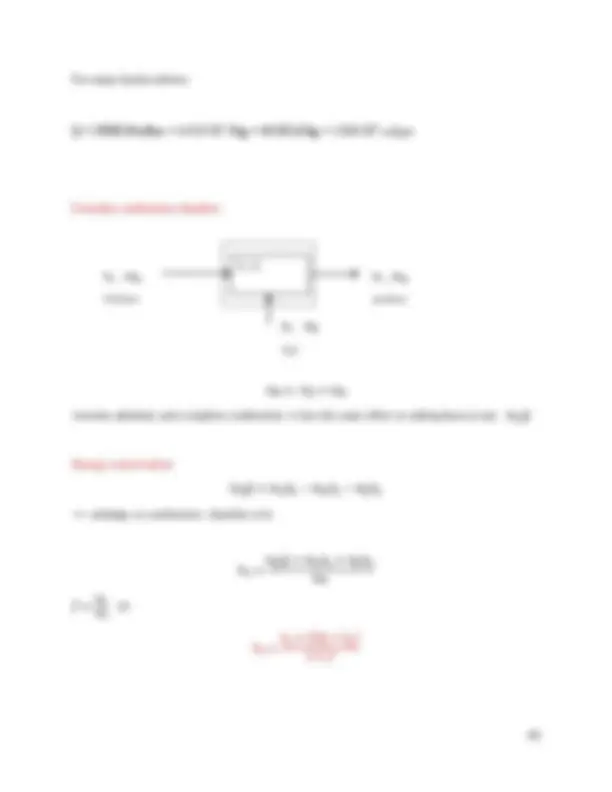
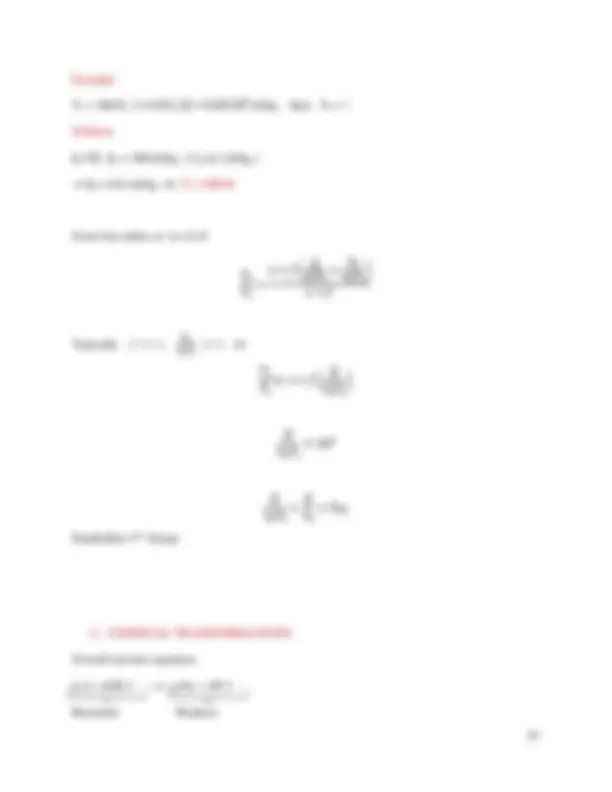
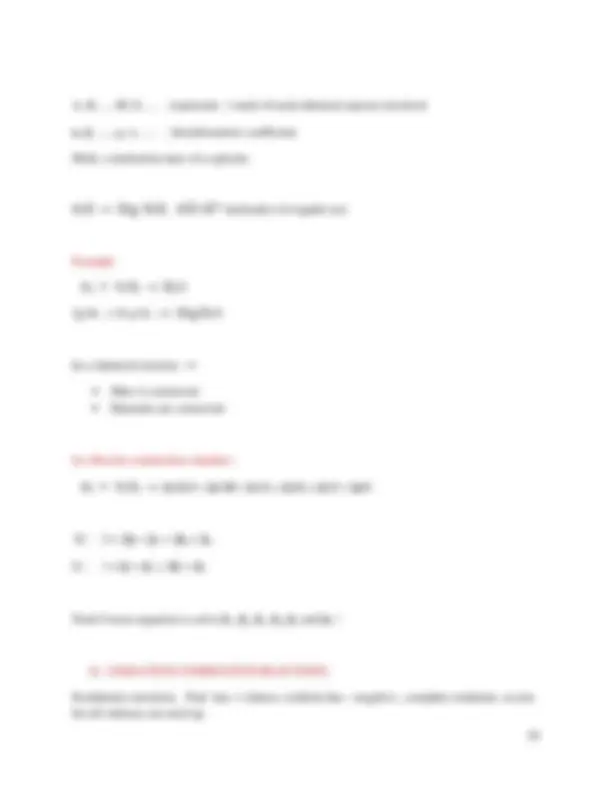
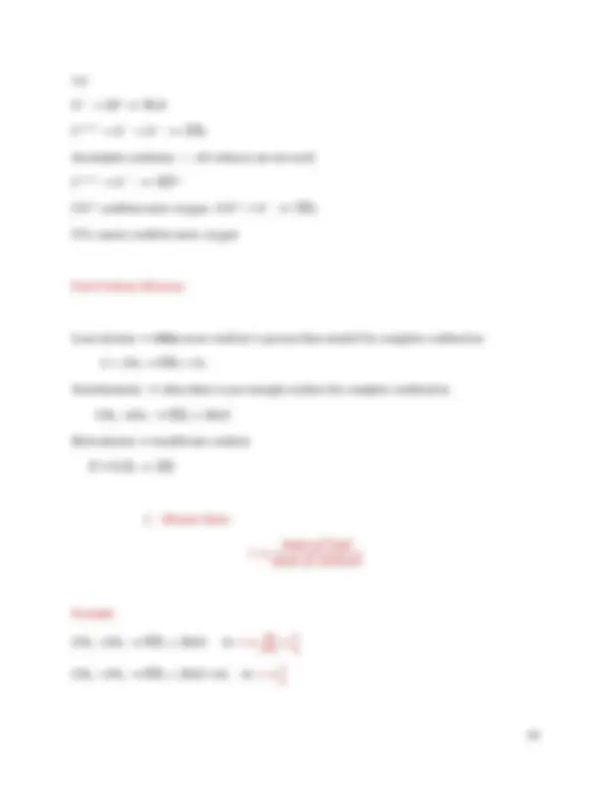
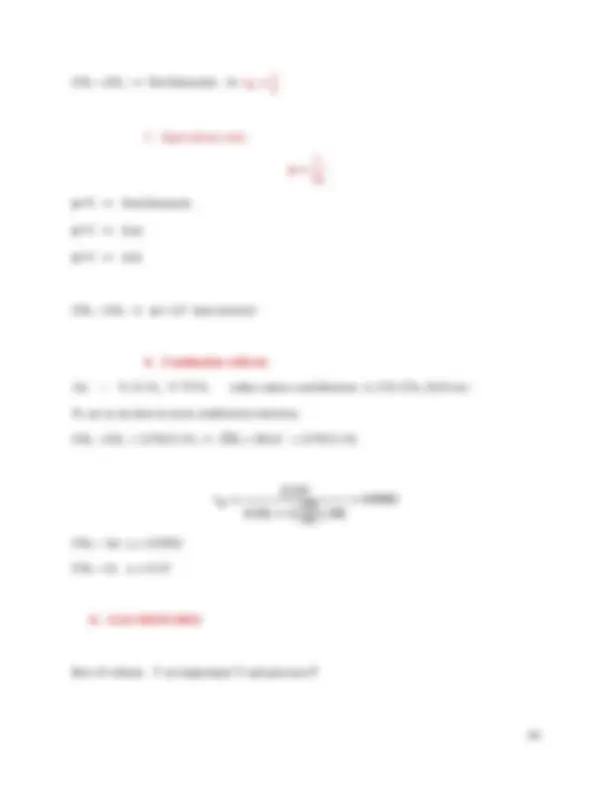
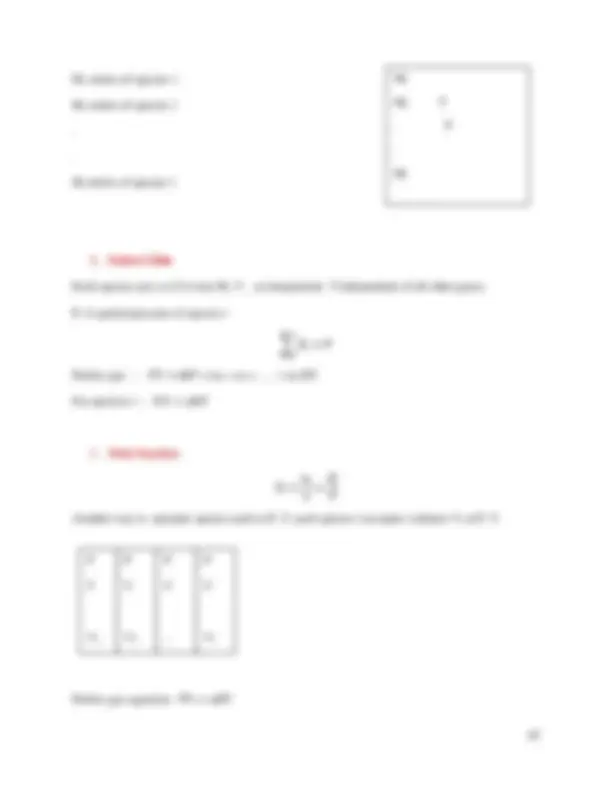
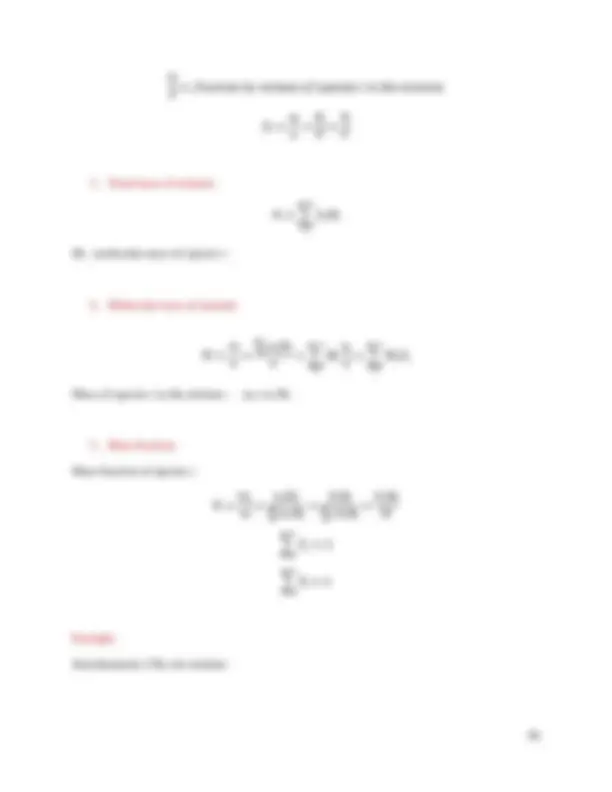
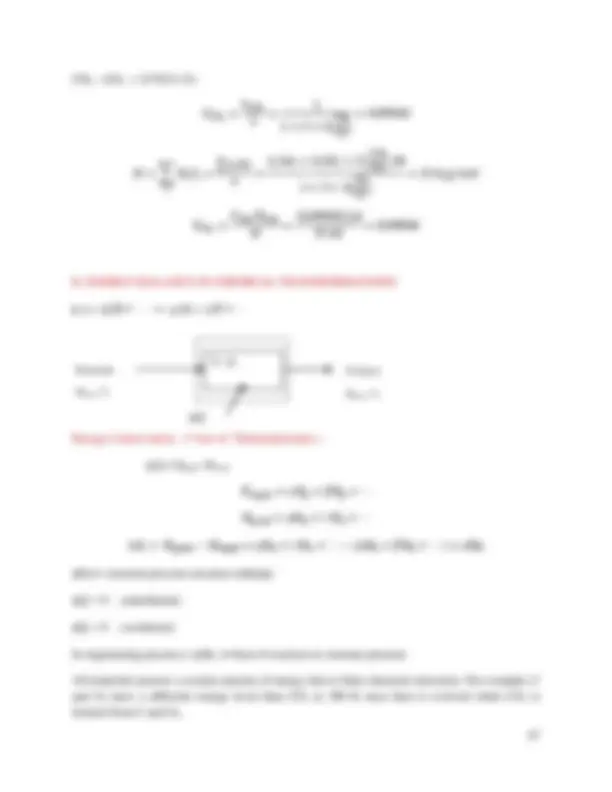
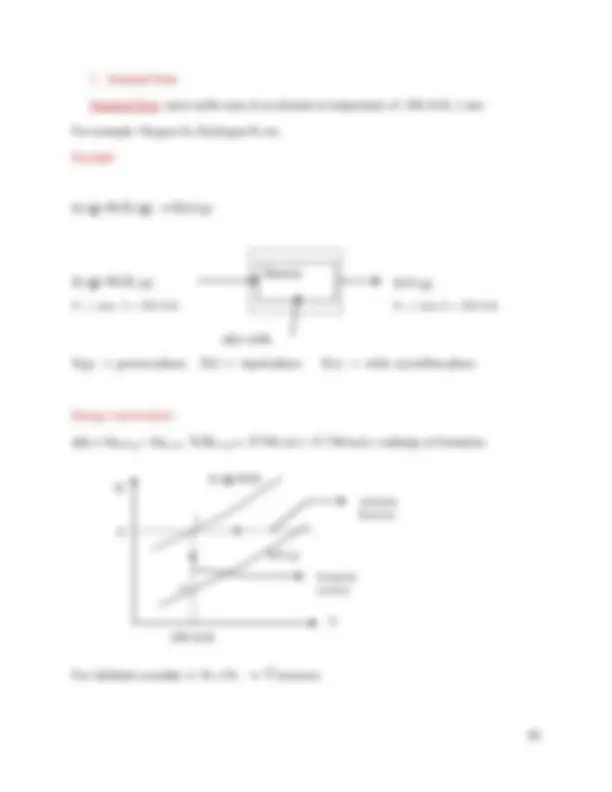
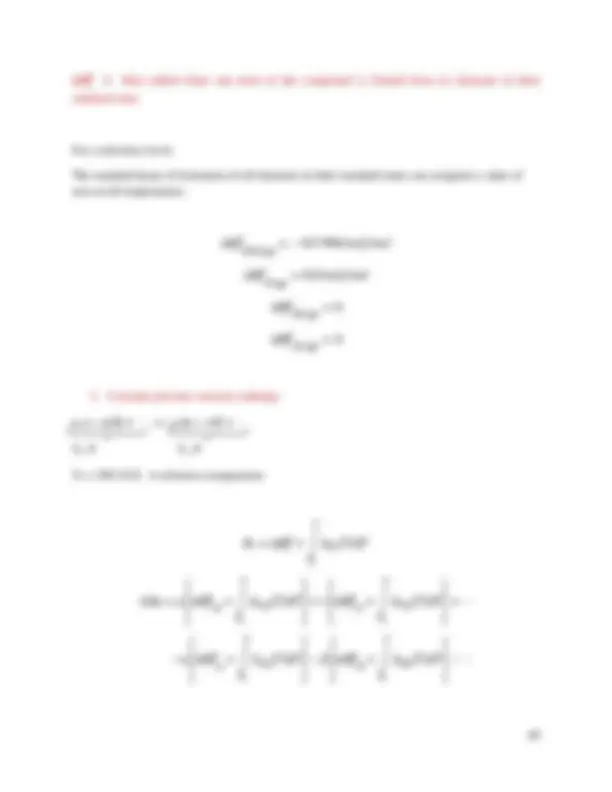
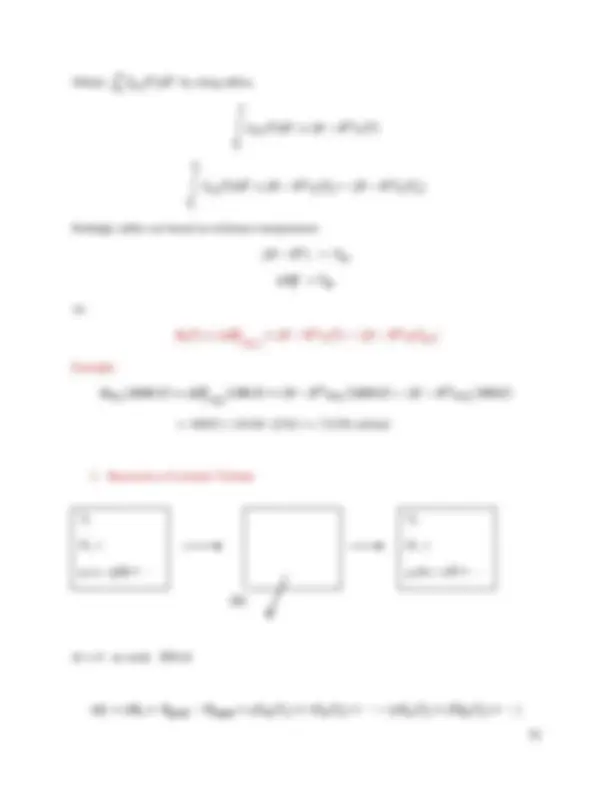
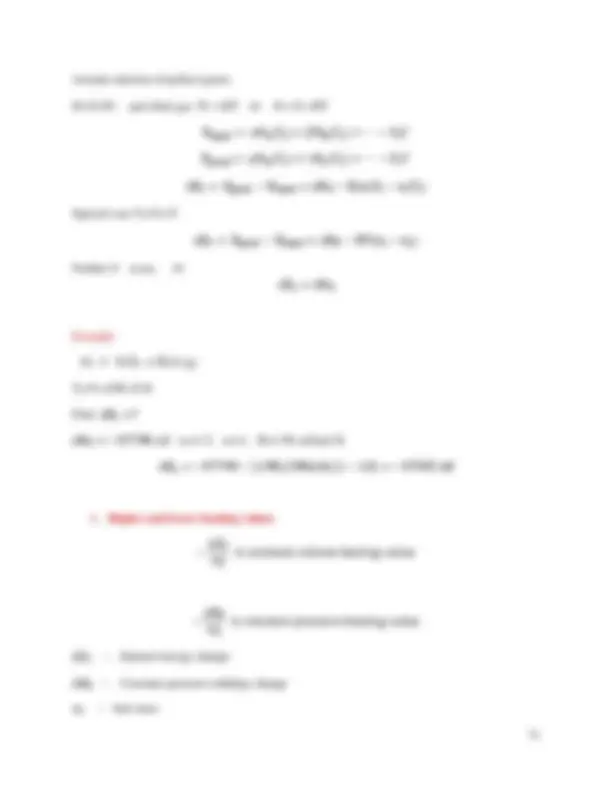
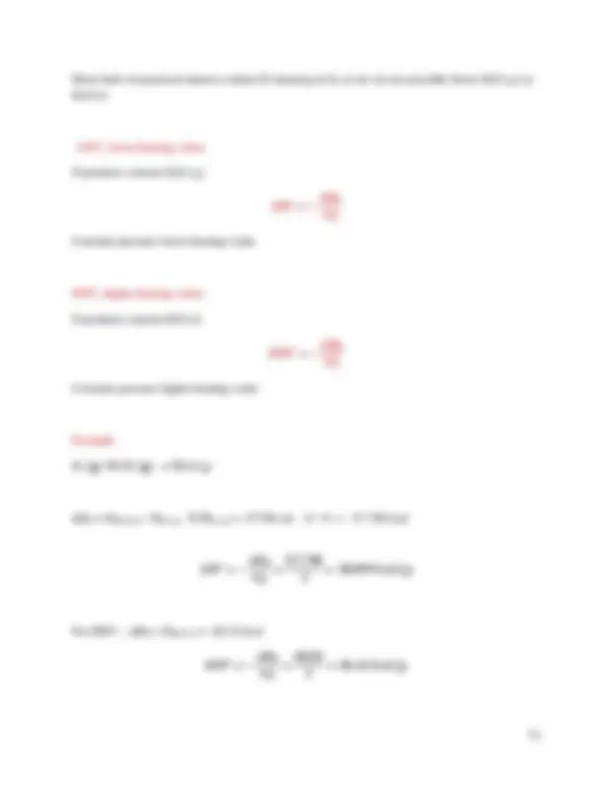
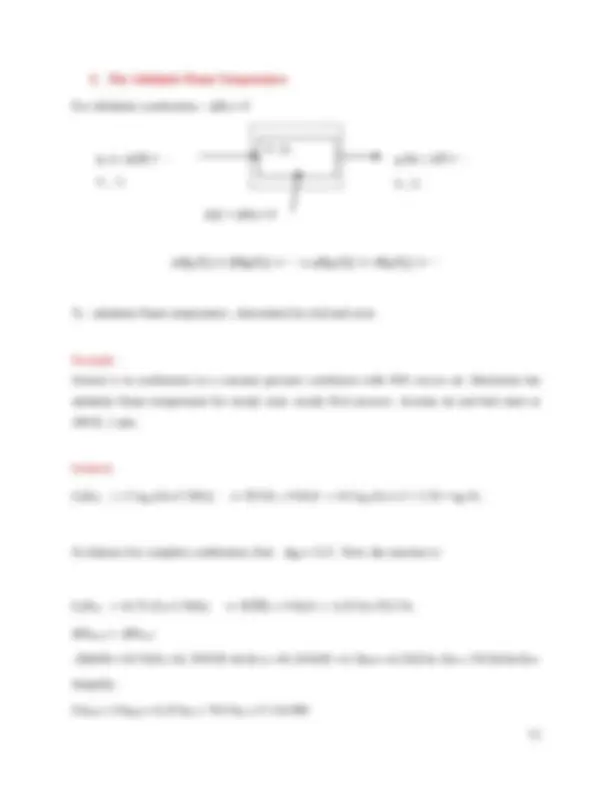
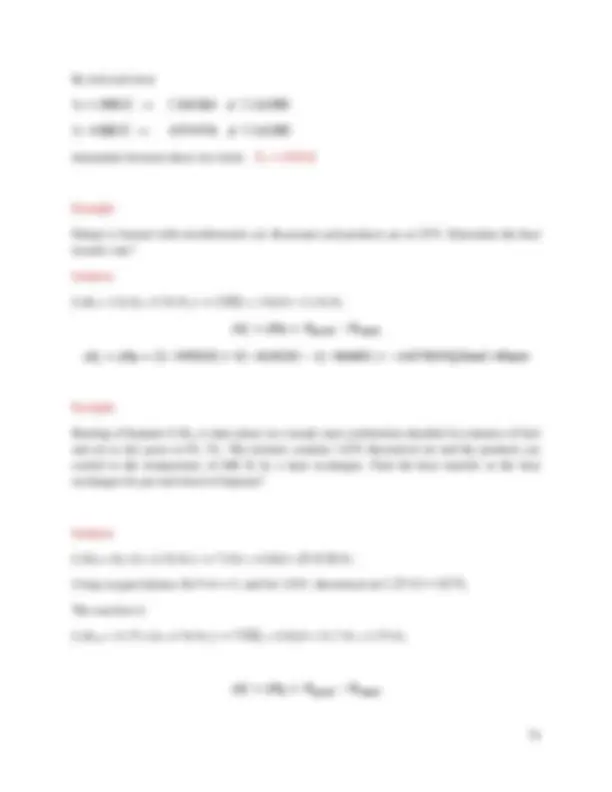
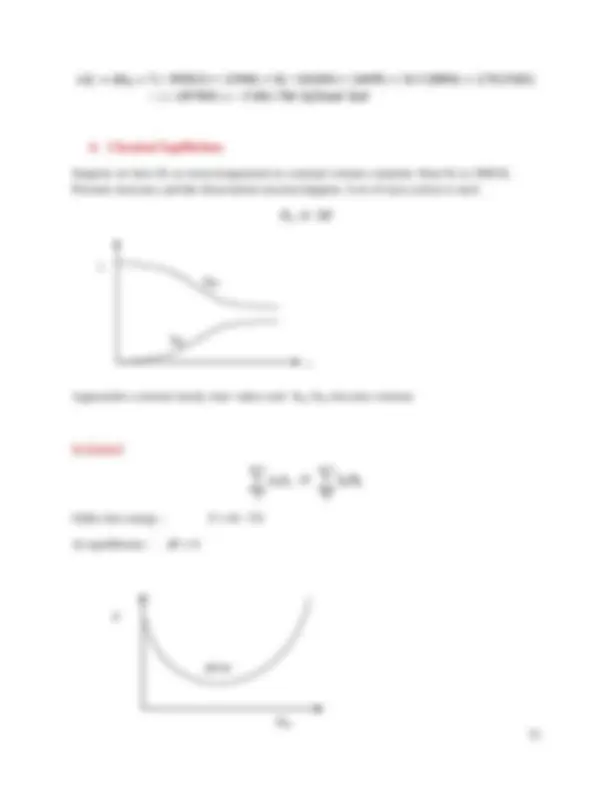
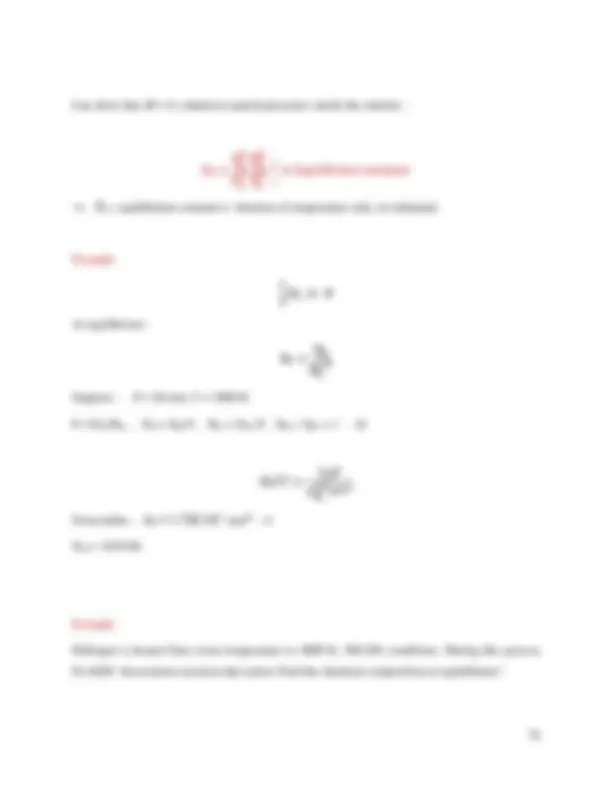
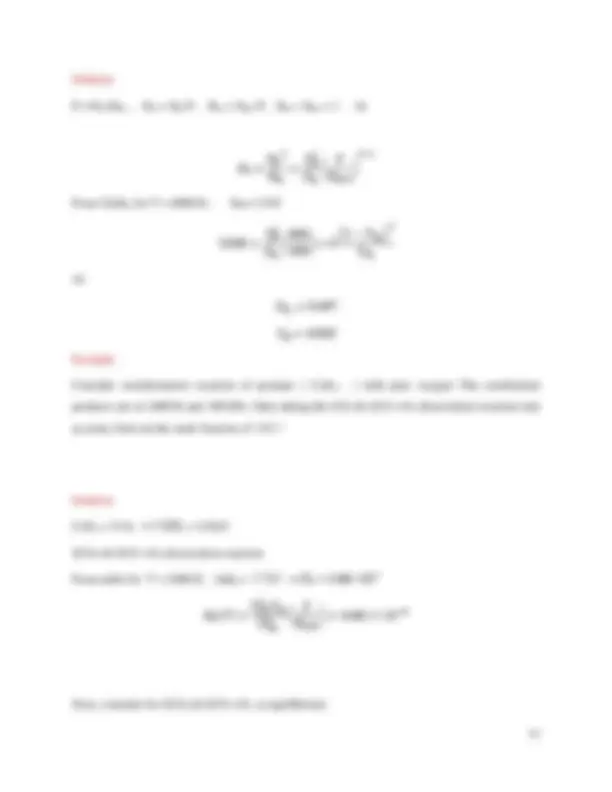
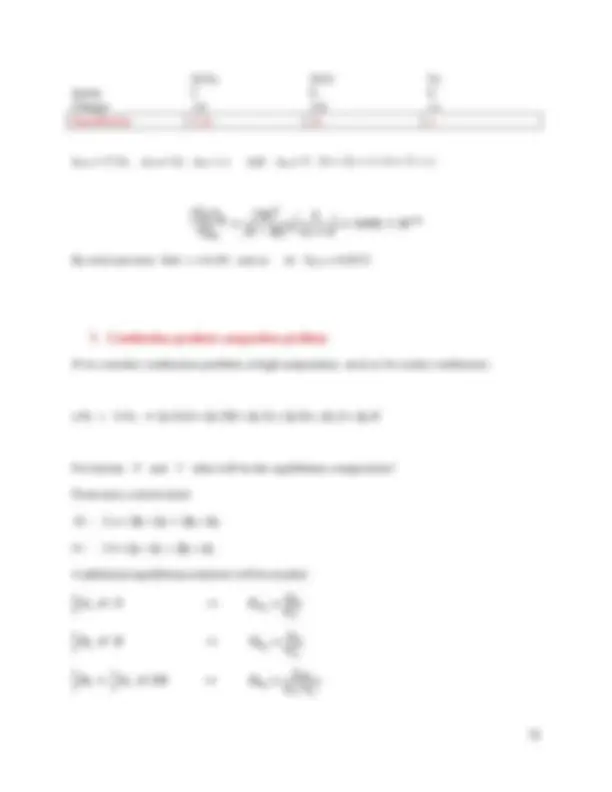
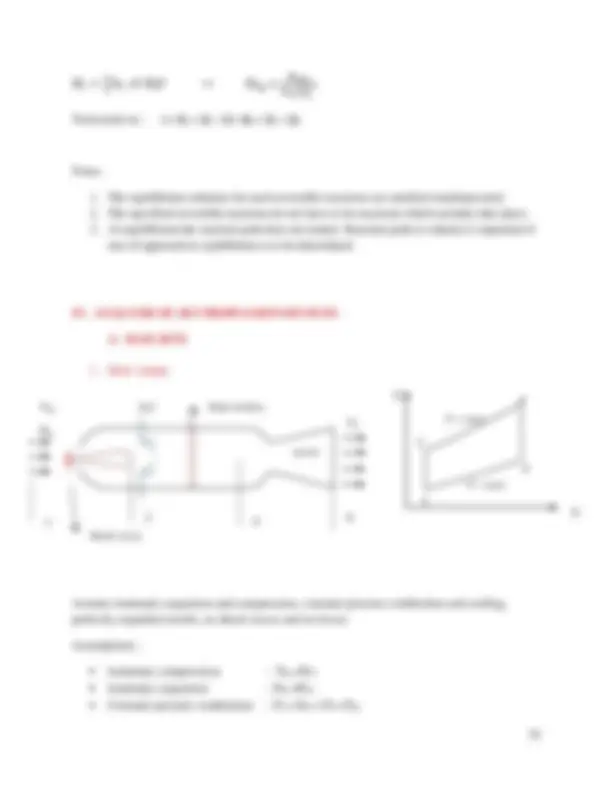
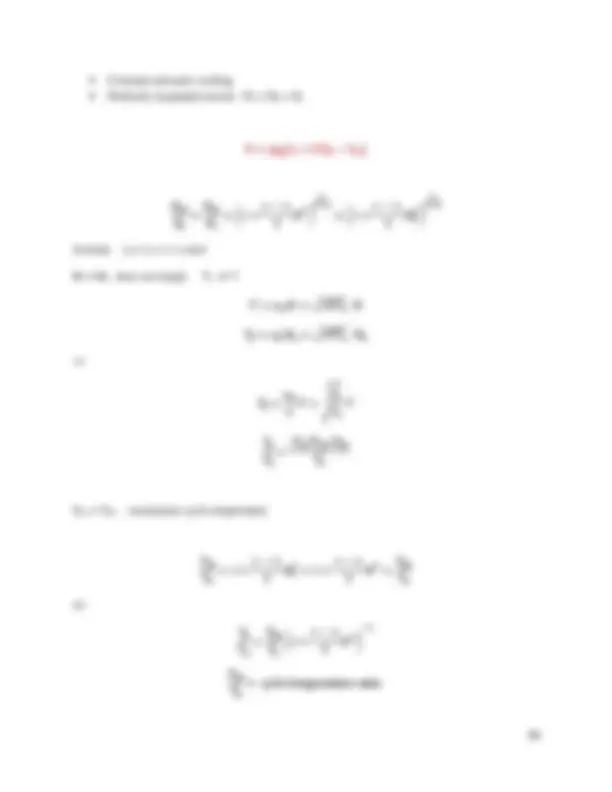
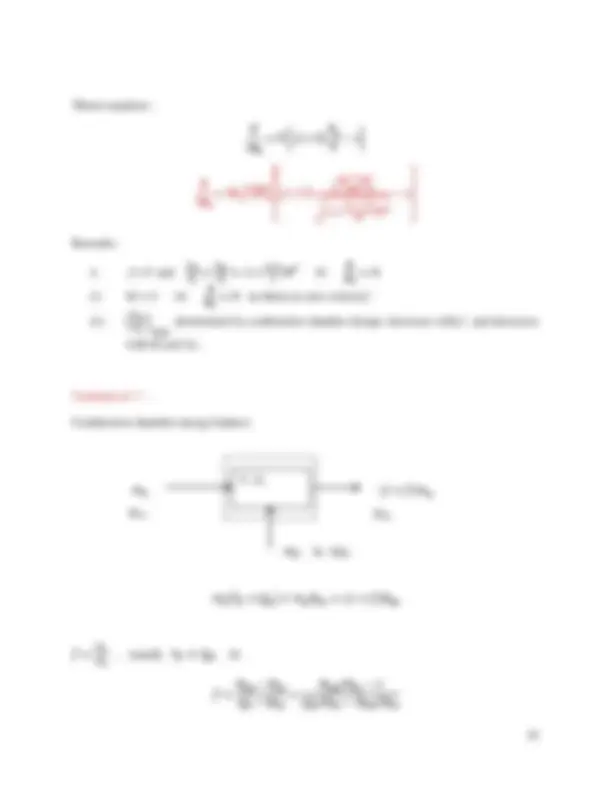
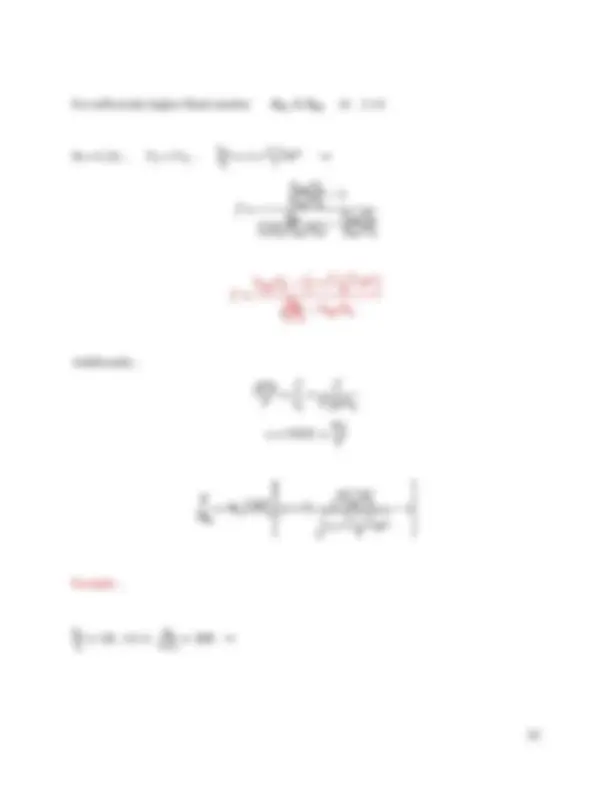
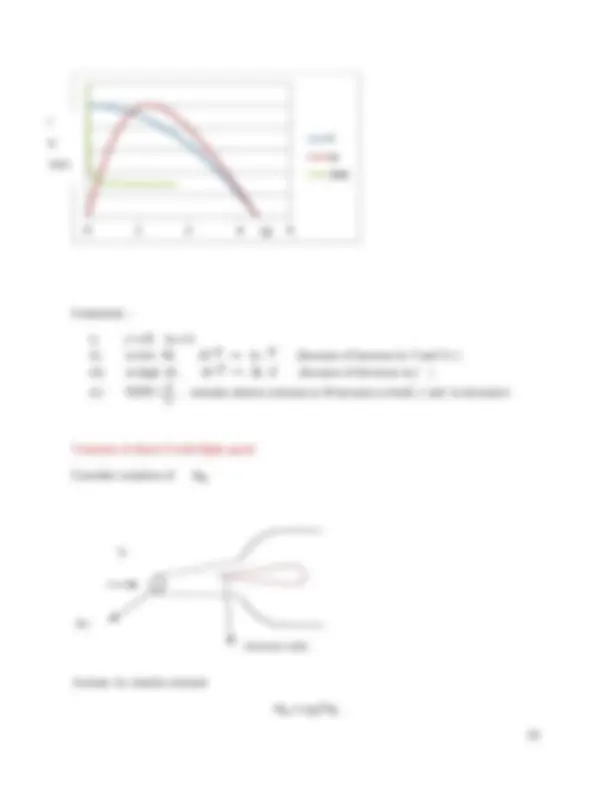
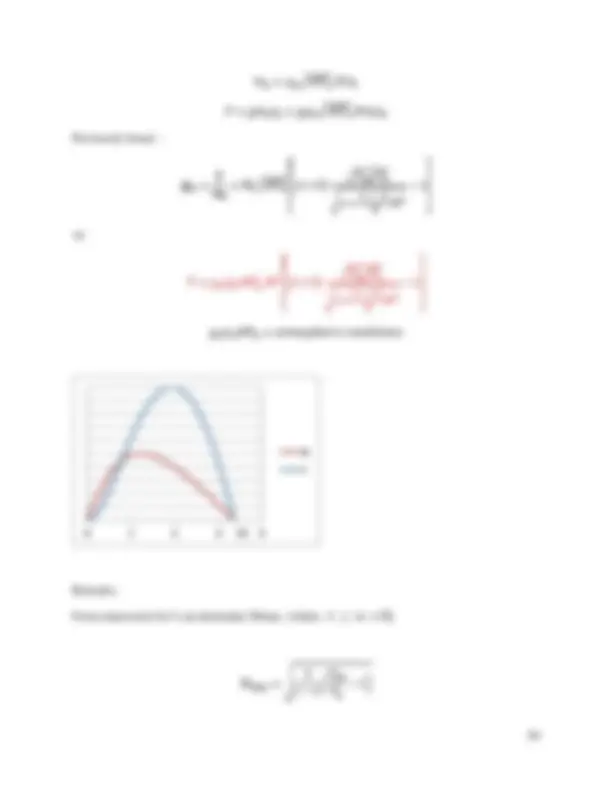
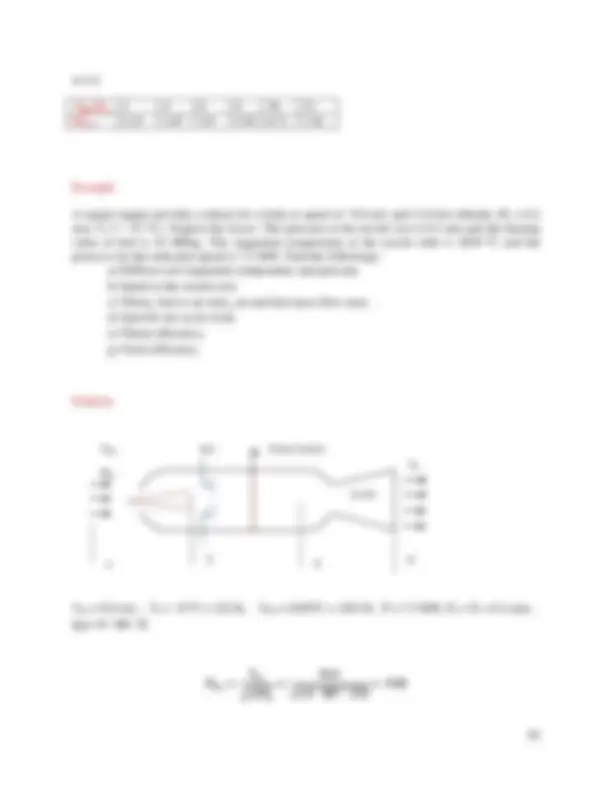
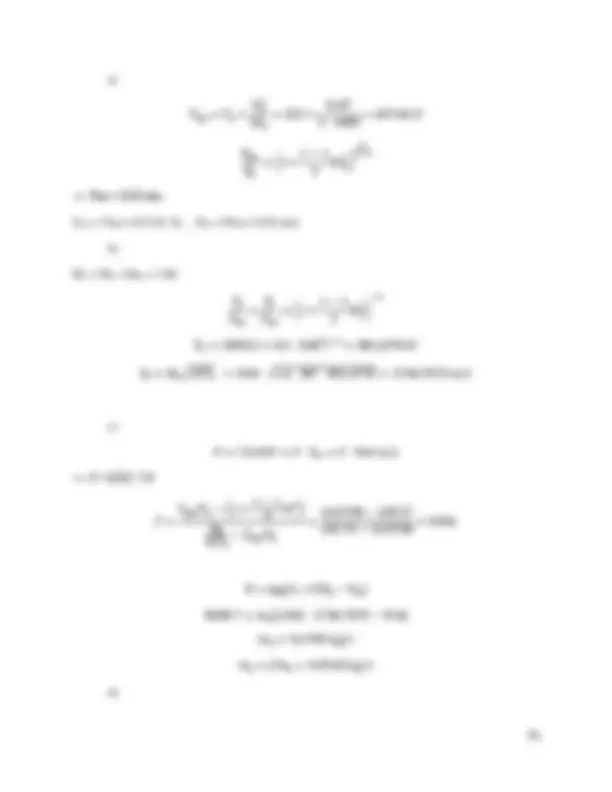
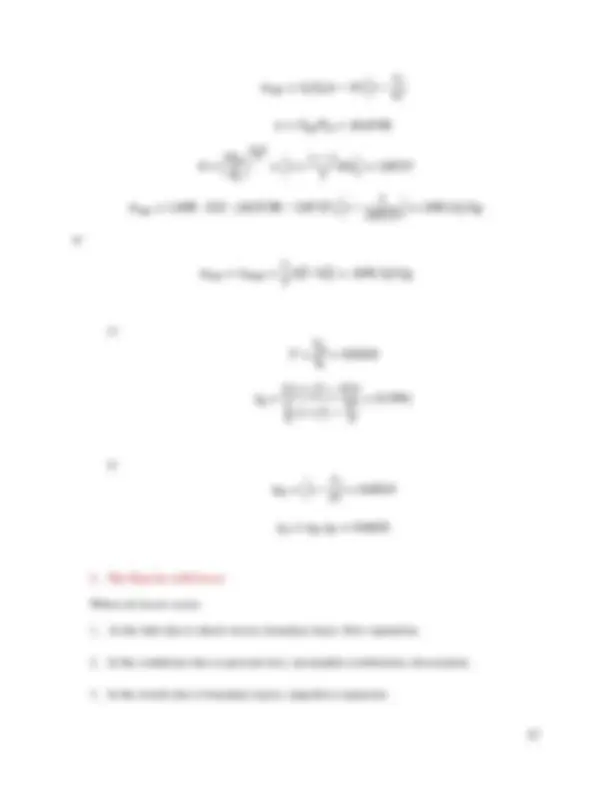
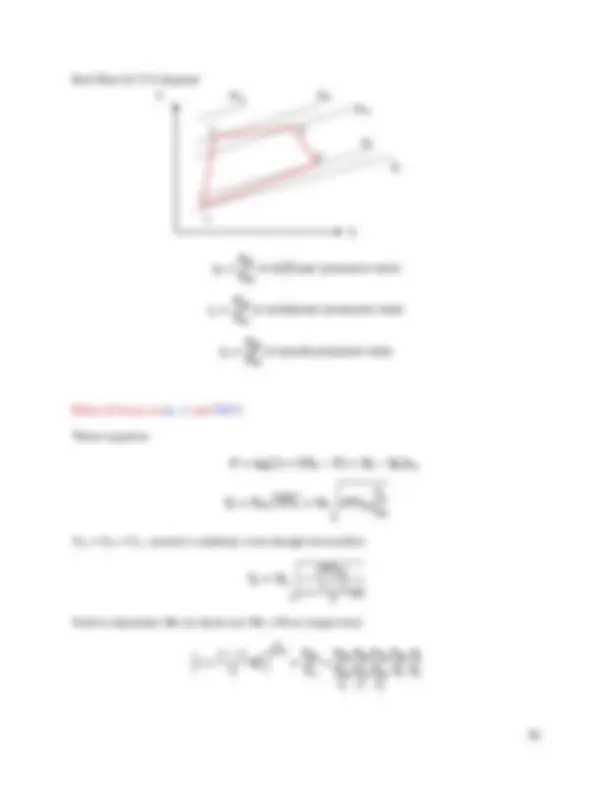
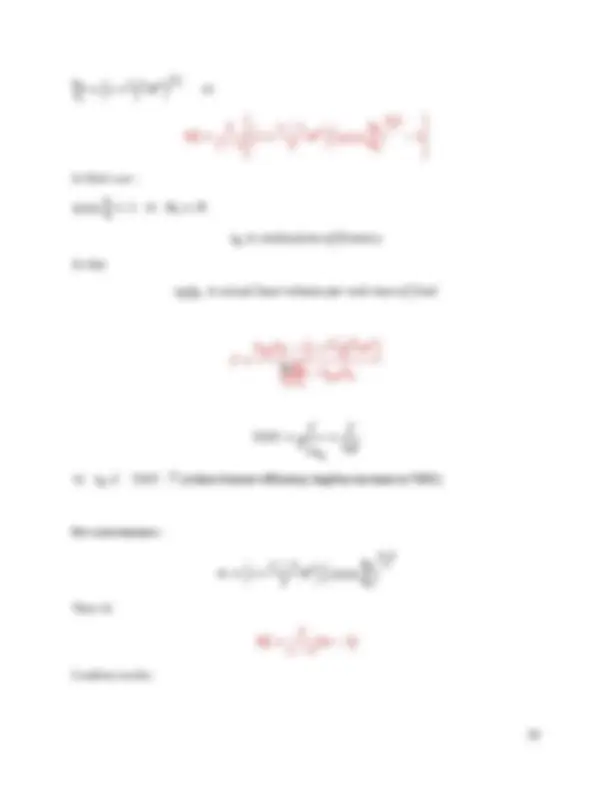
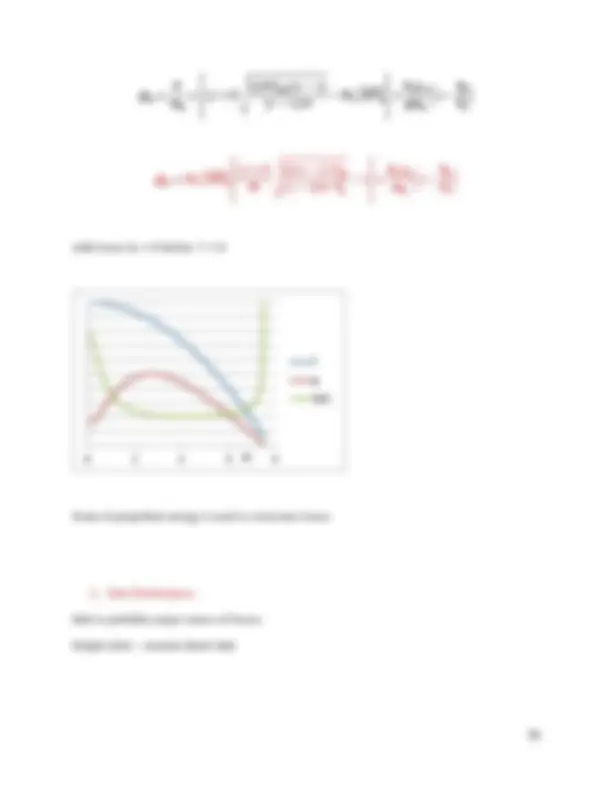
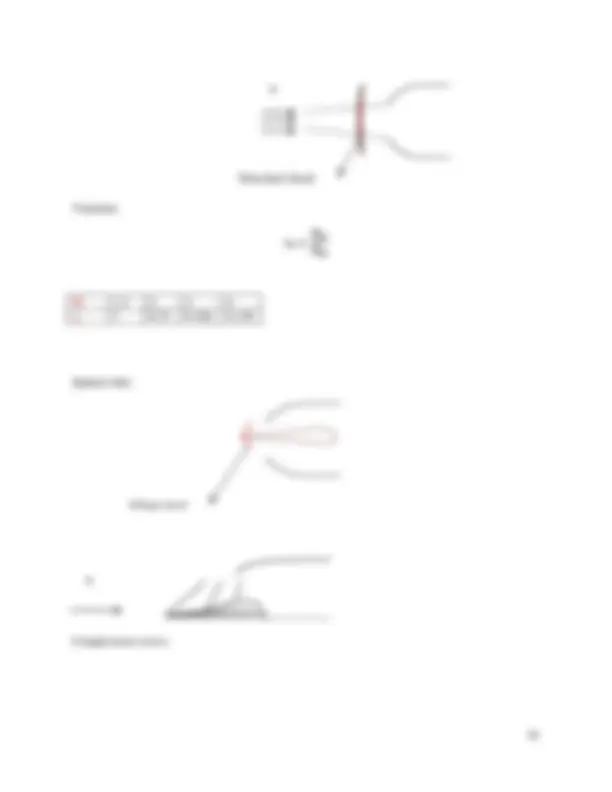
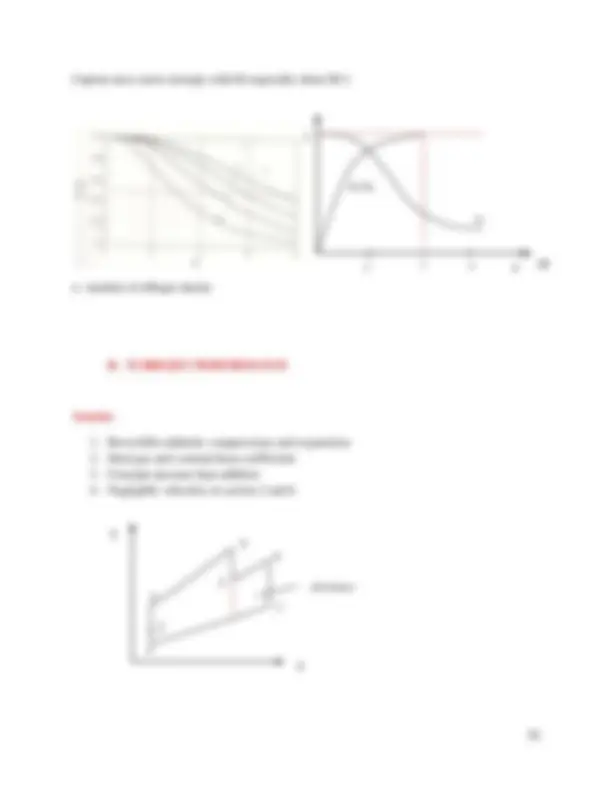
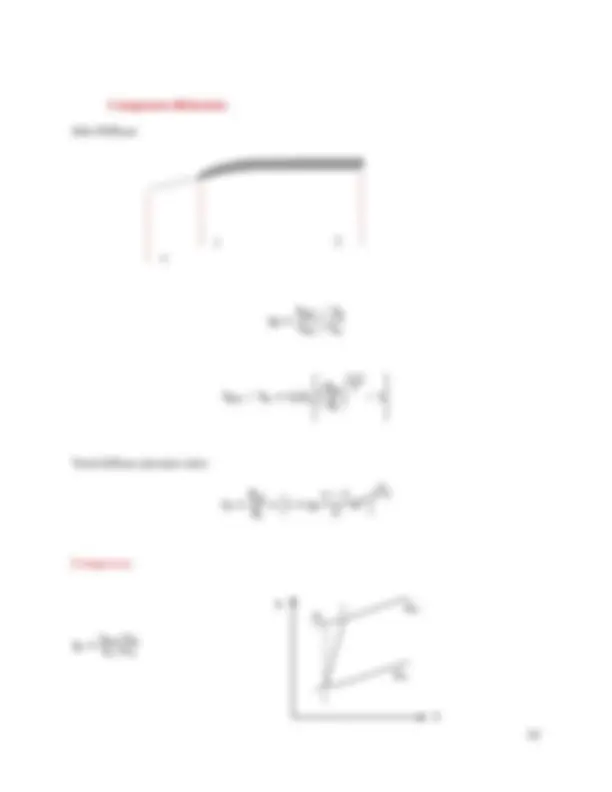
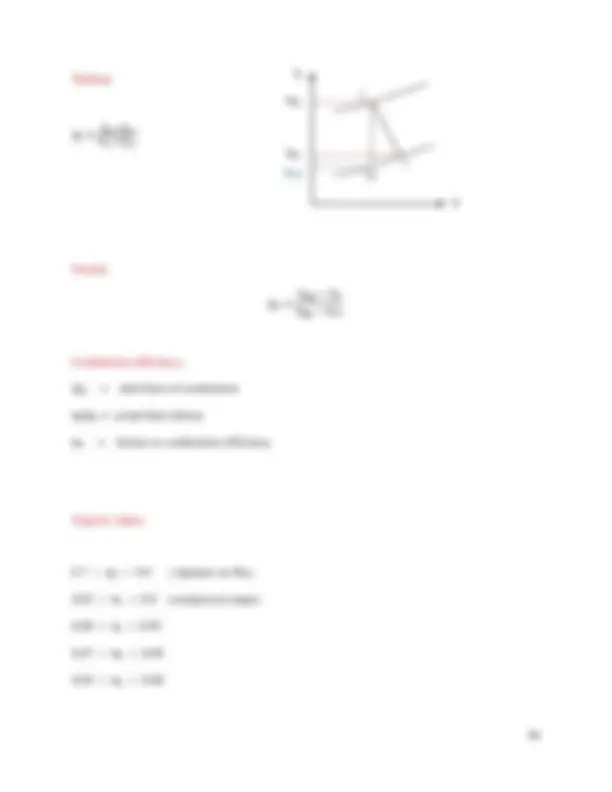
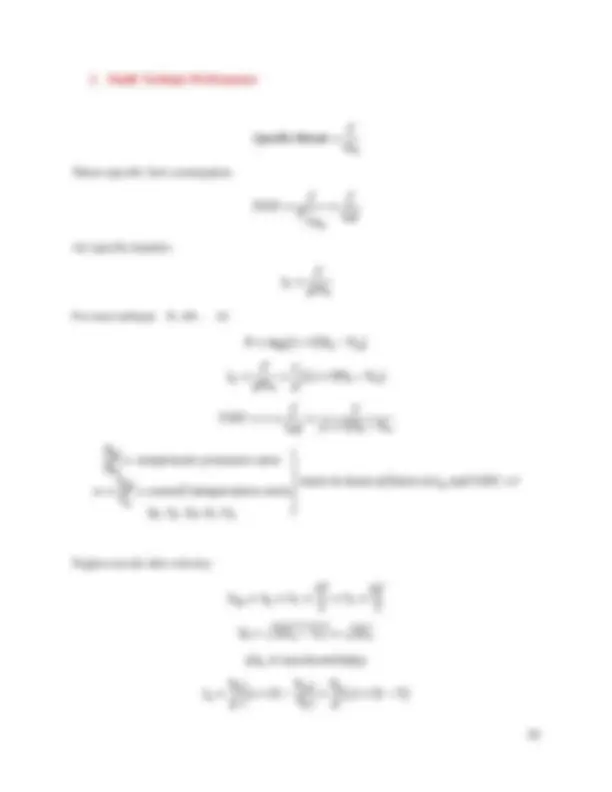
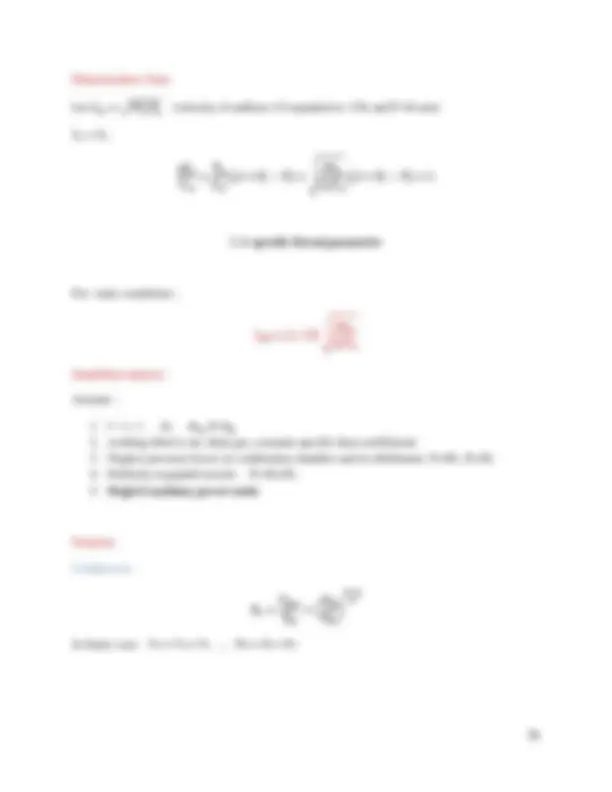
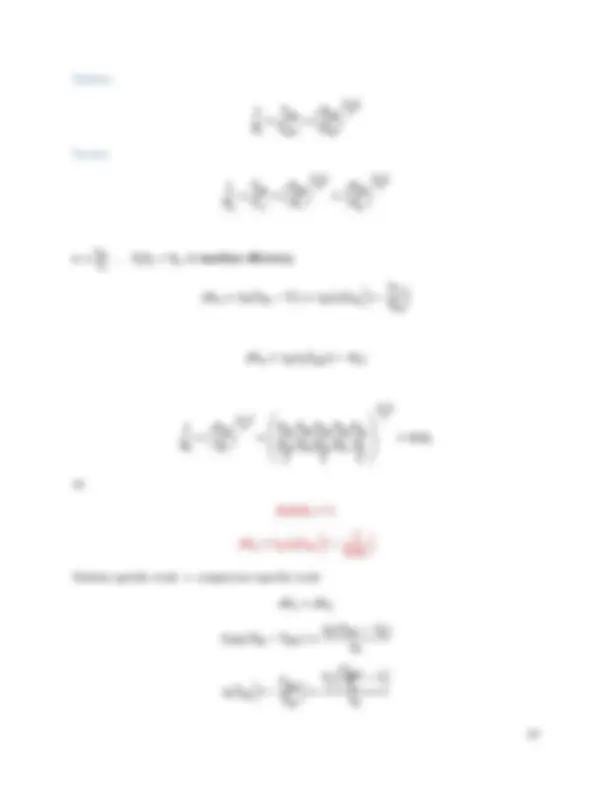
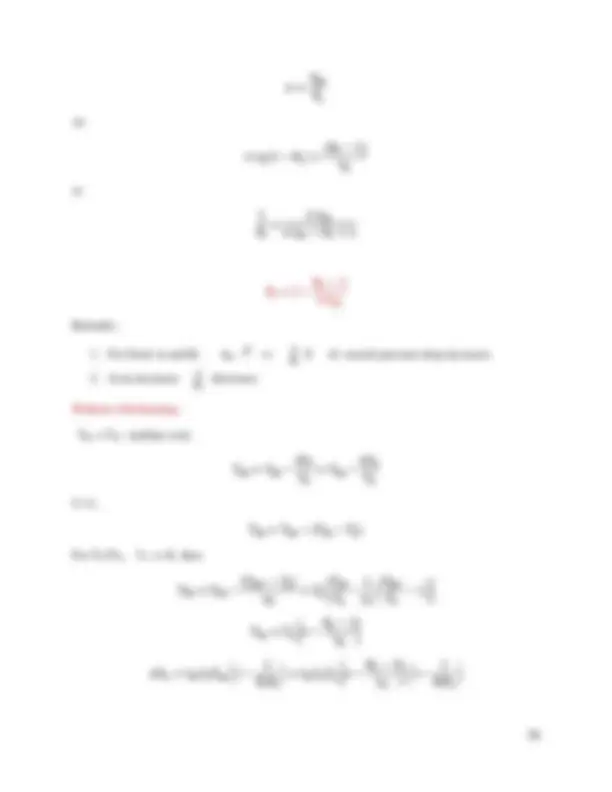

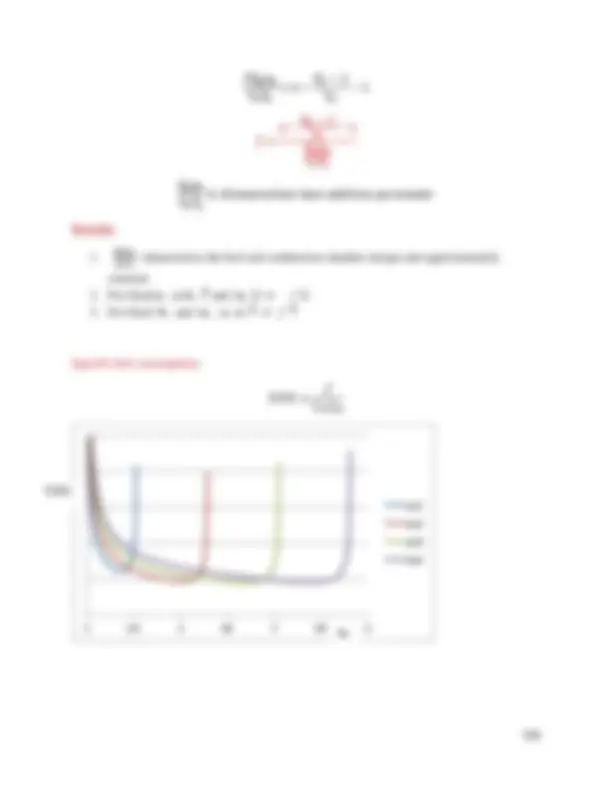


Study with the several resources on Docsity

Earn points by helping other students or get them with a premium plan


Prepare for your exams
Study with the several resources on Docsity

Earn points to download
Earn points by helping other students or get them with a premium plan
Community
Ask the community for help and clear up your study doubts
Discover the best universities in your country according to Docsity users
Free resources
Download our free guides on studying techniques, anxiety management strategies, and thesis advice from Docsity tutors
ali godal is the best teacher in my lifeee
Typology: Slides
1 / 121

This page cannot be seen from the preview
Don't miss anything!





























































































Prof. Dr. Ali Kodal, I.T.U. AERONAUTICAL ENGINEERING 2012
CONTENTS
I. CLASSIFICATION AND GENERAL PERFORMANCE
A. INTORDUCTION
B. PERFORMANCE PARAMETERS
C. PROPULSIVE, THERMAL AND TOTAL EFFICIENCIES
II. THERMODYNAMICS CYCLES A. INTRODUCTION B. REVERSIBLE CYCLES C. IRREVERSIBLE CYCLES AND LOSSES D. IMPORTANT CYCLES
III. COMBUSTION
E. GAS MIXTURES
H. ENERGY BALANCE FOR CHEMICAL REACTIONS
IV. JET POPULSION SYTEM ANALYSIS
A. RAMJET
B. TURBOJET
C. TURBOFAN
Propulsive devices produce thrust to accelerate a vehicle and overcome drag force. For aerospace vehicles, thrust is produced by acceleration of fluid stream entering and leaving propulsive device.
These require addition of thermal or electrical energy to the propellant which is usually a fluid analysis of the addition of work and heat to compressible fluid dynamics.
Assume one dimensional compressible flow and apply fundamental principles to study of propulsive system.
Fig. 1.1 Typical turboprop engine (Hill and Peterson, 1992).
Fig. 1.2 Afterburner turbojet.
Combustors Nozzles Propellers
Compressors, Fans, Pumps
Turbines Ion Accelerators
Plasma Accelerators
Inlets
Engines
Propulsion System
Questions: Engine Power, How much fuel, Type of engine, Cost, Maintenance considerations, Transmission, Fuel consumption Low or high speed performance.
Questions: Engine thrust, How much fuel, engine design
H 2 -O 2 ratio, Combustion temperature, rocket nozzle cooling.
Thrust = push or pull exerted by engine and its enclose
Want to compare different engine + power plants. Separate engine performance from the effect of enclose of airplane. Maybe difficult.
Consider Rocket Engine:
For Jet Engines:
F = Thrust
(Produced by the thrust generator. If the external flow were isentropic, i.e external losses are neglected, can determine F in terms of engine parameters by momentum consideration for control volume. )
Propulsive flow = flow of working fluid
External flow = flow of fluid
Payload
Fuel tanks
Engine
Rocket nozzle:
Control volume momentum:
Newton 2nd^ law: ∑ F = dmvdt
For control volume:
d dt ∭ ρ VdV + ∬(ρVreln) CV CS
Vds = − ∬ pnds + ∑ Fext CS Where: V : Velocity measure w.r.t. virtual coordinates Vrel : Velocity relative control surface n : Outward normal unit vector
Stationary (control volume) systems:
Over A∞ :
ρ = ρ∞
Over Az—Ae :
ρ = ρ∞
S and S’ are stream tubes that fluid does not cross.
Ae
Ve
Mass conservation between S and S’:
ρ∞(Az − Ae)V∞ = ρ∞(A∞ − Ac)V∞
(Az − Ae) = (A∞ − Ac) (2.1)
(Az − A∞) = (Ae − Ac) (2.2)
Over section Ae :
P = Pe ρ = ρe
Steady flow, thus
d dt ∭( ) = 0
∬CS (ρV rel ∙ n)Vds = ρ∞(Az − Ae)V∞^2 + ρeAeVe^2 − ρ∞(A∞ − Ac)V∞^2 − ρ∞AcV∞^2 (2.3)
ṁe = ṁ i + ṁf = ṁ i (1 + f)
f = mf
̇ ṁ i = fuel air ratio
Using (2.1) :
∬CS (ρV rel ∙ n)Vds = ṁe Ve − ṁ i V∞ = ṁ i [(1 + f)Ve − V∞]^ (2.4)
Pressure force = − ∬CS pnds
On S :
− ∬ pnds = PS ∞(Az − A∞) = P∞(Ae − Ac) (2.5)
On A∞ :
F = ṁe Ve + (Pe − P∞)Ae (2.10)
F ~ independent of external flow—depends only processes within engine Ac = capture area varies with flight speed Ve = depend on detailed processes within propulsive system---engine. Performance calculation involve around finding Ve.
External flow exerts no force on the propulsive flow. Applying momentum conservation to the
volume between S and S’ :
From mass conservation (A∞ − Ac) = (Az − Ac)
→ (^) ∬CS (ρV rel ∙ n)Vds = 0
Steady state : (^) dtd ∭( ) = 0
No external force : ∑ Fext = 0
− ∬CS pnds = 0
P∞(Az − A∞) − ∫ A Ace PEdA+ P∞(A∞ − Ac) − P∞(Az − Ae) = 0 (^) ∫ A Ace (PE − P∞)dA= 0
For real life situation: ∫ (PE − P∞)dA
Ae Ac
FA = available thrust = F-D
Frictional force
Drag force on the engine
D = depends on details of external flow.
Consider (^) ∫ A Ace (PE − P∞)dA= 0
Break S’ into two parts:
∫ A Ace (PE − P∞)dA= ∫ A Aci (PE − P∞)dA+ ∫ A Aie (PE − P∞)dA=^ Pre-entry drag + Pressure drag
Consider accelerating rocket:
F = ṁe Ve + (Pe − P∞)Ae (2.14)
Mass conservation:
ṁ = ρeAeVe =
dM dt
∭ ρVdV = M(t)V(t) CV
V(t) M(t)
Mg
Ve
Pe
Ac (^) Ai Ae
dV = −Ve
dM M
Suppose Ve is constant V(t) = −Ve lnM + const
Initial conditions: V(0)=0, M(0)=M 1
V(t) = −Ve ln
M(t) M 1 If M, ṁ and F were constants, then MV=F∙t
Example Jet engine
f <<1 V∞=300 m/s, F=3.56.10^5 N Te=1200K, ℳ=25, =1.3, Pe=P∞ Find 𝑚̇ =?, Ac=? Solution: F = ṁ i [(1 + f)Ve − V∞] + (Pe − P∞)Ae
f <<1 and Pe=P∞ :
F = ṁ i (Ve − V∞)
ṁ i = ṁ =
(Ve − V∞)
∞≈1.0 kg∕m^3
Ve Me=
ṁ =
(720 − 300) = 847.6 kg/s
ṁ = ρ∞AcV∞ → 𝐴𝐶 = (^) ρ𝑚̇ ∞V∞
= (^) 1.0∙300874.6 = 2.82 𝑚^2 or Dc=1.895 m
Consider level flight, constant velocity, altitude and lift to drag ratio (L/D)
M(t) = aircraft mass
F : required thrust
L=Mg
F=D
Mass flow rate: 𝑚̇𝑓 = − 𝑑𝑀𝑑𝑡
Problem = How much fuel is required to fly a given distance, or how far can the aircraft fly with a given amount of fuel. For a given range what fraction of gross weight to payload.
𝐹 = (^) 𝐿 𝑀𝑔 ⁄𝐷 → (^) 𝑚̇𝐹 𝑓
= 𝑀𝑔𝐿 ⁄𝐷 ∙ 1 (−𝑑𝑀𝑑𝑡 )
→ (^) 𝑚̇𝐹 𝑓
= − (^) 𝐿 𝑀𝑔 ⁄𝐷 ∙ (^) 𝑑𝑀𝑑𝑡
V x
Mg
Maximum takeoff thrust
Example:
Boeing 747, M 1 = 750 000 lbm, L/D =15, V = 550 mil/h, R= 3000 mil,
s = 0.9 lbm/h∙lbf
Estimate fuel required in steady constant velocity flight?
Solution:
𝑙𝑛
𝑀 1 𝑀 2
=
𝑅𝑔𝑠
𝑉 (𝐷𝐿)
=
3000𝑚𝑖𝑙 32.2 𝑓𝑡𝑠 2 0.9 𝑙𝑏𝑚/ℎ𝑙𝑏𝑓
550 𝑚𝑖𝑙ℎ 15
1 slug= 32.2 lbm lb=slug ft/s^2
𝑙𝑛
𝑀 1 𝑀 2 = 0.3273^ →^
𝑀 1 𝑀 2 = 1.387^ →^ Mfuel^ = M^1 -M^2 = 2.093∙
(^5) lbm
Using SI units
R = 4828 km, g = 9.807 m/s^2 , s = 2.549∙10-5^ kg/Ns = 9.176∙10-2^ kg/Nh,
V=885 km/h = 245.9 m/s
Reciprocating (piston) engines are not good for high speed flights. However, recent researches have been modified their status.
BHP = Engine Brake Horsepower
𝑚̇𝑓 𝐵𝐻𝑃 = 𝐵𝑆𝐹𝐶^ = Brake Specific Fuel Consumption
𝑢𝑠𝑒𝑓𝑢𝑙 𝑝𝑜𝑤𝑒𝑟
⁄𝐷
⁄𝐷
𝑃
𝑑𝑀 𝑑𝑥
𝑃 𝐵𝑆𝐹𝐶